A bathroom renovation should bring higher comfort and a better quality of life. However, many people only focus on "appearance" and "price" when buying bathtubs for sale, ignoring key factors such as size, structure, installation, hot water capacity, load-bearing capacity, materials, delivery, and after-sales service. The result is a budget out of control, rework and additional items, an uncomfortable experience, and even an impact on waterproofing and safety. The following is a breakdown of the most common and fatal bathtub purchase mistakes from the consumer's perspective, designed to help you avoid pitfalls.
1. Only look at the appearance, not the space (especially the door opening and corners)
Many people measure the length and width of the bathroom, but forget that the bathtub must be "movable". The most common mistakes include:
Ignoring the width of the door opening (commonly 28"–32") and the radius of the aisle and corner;
Only measuring "wall to wall" without deducting the skirting, pipe wrapping, and decorative lines;
Not considering that the actual net size of the wall will become smaller after the tiles are made.
Correct approach: Measure the net length, width, and height of the installation location, including the door opening, aisle, and corner radius, before placing an order. Confirm the bathtub packaging size and transportation route, and choose on-site assembly or a split design if necessary.
2. Underestimating the capacity and water supply of the water heater
An ideal bathing experience requires sufficient hot water. A common experience: The adequate hot water volume of the water heater should be at least 2/3 of the total capacity of the bathtub. Many deep soaking (soaking) or double bathtubs can have a capacity of 70-100+ gallons. If the water heater can't keep up, you will never be able to take a "full hot bath".
Don't forget:
Whether the instantaneous heating equipment can provide enough hot water in a short time;
Whether the set temperature of the mixing valve limits the hot water output.
Heat loss in long-distance pipelines.
3. Ignore the structural load-bearing and floor weight restrictions
The weight of cast iron, quartz stone, and artificial stone bathtubs when filled with water is remarkable, especially in the upstairs bathroom. If the floor's load-bearing capacity is ignored, structural risks may arise later, and even reinforcement may be required.
Suggestions:
Estimate "bathtub weight + full water weight + user weight";
If heavy materials or oversized bathtubs are used, consult the structure or construction party to evaluate the load-bearing capacity.
Consider factors such as floor beam direction, joist spacing and waterproof layer thickness.
4. Ignore drainage position, overflow height and drainage specifications
After buying the bathtub you like, you find that the drainage is right/left, which differs from the one at home, or the overflow height does not meet your expectation of depth. Even some free-standing bathtubs have very little bottom space, making it very difficult to install an S-shaped trap.
Key points:
Accurately confirm left/proper drainage or centre drainage.
Understand the overflow height (directly affects how much water you can hold).
Plan the location of the inspection port, especially the motor and pipeline of the massage/bubble function bathtub.

5. Overestimate the impact of bathtub size on comfort and underestimate "ergonomics"
The phrase "Bigger is better" is one of the most common misjudgments when making a purchase. Absolute comfort stems from the backrest angle, bottom length, immersion depth, and inner groove curve design, rather than solely from the external dimensions.
For people who are about 5'7" (≈170 cm) tall, a 60"–66" bathtub can generally achieve a good stretch;
The adequate immersion depth of 16"–20" affects the experience more than the "external length";
Slipper-shaped or double-backed freestanding bathtubs are often more comfortable than right-angled inner walls.
It is essential to "sit in" in person, and a physical store trial can quickly determine whether it fits.
6. Ignoring installation methods and waterproof details (flanges, skirts, embedded)
If the Alcove (three-wall embedded) bathtub does not have a tile flange or the waterproof layer is not treated correctly, it is very easy for water or mould to seep onto the wall. If the drainage inspection port of the freestanding bathtub is not sufficiently reserved, it will be very troublesome to maintain in the future.
Be sure to confirm:
Ø Whether the Alcove bathtub comes with a flange or needs to be installed on site;
Ø Drop-in / Deck-mount / Undermount / Freestanding Waterproof strategies and countertop finishing details for different installation methods;
Ø Are there clear installation guidelines and construction node diagrams?
7. Unclear understanding of materials: How to choose cast iron, acrylic, stone, and composite materials
Acrylic: light, sound thermal insulation, easy to shape, but scratch resistance depends on the thickness of the plate and the reinforcement layer.
Cast Iron: extremely durable, sound thermal insulation, high-quality texture, but very heavy, with high requirements for load-bearing and handling.
Quartz/artificial stone/resin stone (Stone Resin/Solid Surface): high-end texture, repairable surface, weight between acrylic and cast iron.
Enamelled Steel: strong but poor thermal insulation, difficult to repair after surface damage.
The mistake is only looking at pictures and promotional words, without considering material parameters (thickness, density, surface treatment process) and the manufacturer's warranty terms.
8. Ignoring faucets, water inlet methods, and water outlet speeds
Freestanding bathtubs are typically paired with floor-standing faucets, wall outlets, or bathtub outlets (also known as tub fillers). If the water flow is too slow, you may have to wait 15-20 minutes to fill a tub with hot water.
Please confirm:
Whether the water inlet method matches the reserved position of the bathtub.
The GPM (water flow per minute) of the faucet.
Whether it is equipped with an overflow port, and its height and splash-proof design.
9. Ignore "installation path" and "secondary construction cost"
Some free-standing bathtubs require installation first, and then the floor tiles or countertops are sealed. Other massage bathtubs, however, necessitate pre-buried pipelines, separate circuits, and inspection ports. If these preconditions are ignored, it is likely to damage the completed walls and floors, and the budget will be doubled as a direct result.
Be sure to check with the construction party in advance:
Construction sequence (especially tiles, waterproofing, pipelines, floor heating);
Whether independent circuits, GFCI, and leakage protection switches are required;
Whether inspection ports, drainage joints, and valve positions are reserved.
10. Trusting "spot/promotional prices" and ignoring delivery, returns and warranty
The delivery time, logistics method, acceptance inspection, return terms and warranty scope of large bathroom products may affect your renovation cycle and cost. Once defects or inappropriate sizes are found upon arrival, it is very time-consuming and expensive to go through the process again.
Before placing an order, make sure:
² Clarify the mode of transportation: roadside delivery or door-to-door delivery.
² Can the box be unpacked for inspection before acceptance?
² Who bears the freight and handling fees for returns and exchanges?
² Warranty coverage: Is it only the shell, or are the valve core, pump body, and electrical appliances also covered?
11. Ignoring regulations and safety (especially products with electricity/pumps)
Bathtubs with features such as massage, bubbles, and constant temperature typically incorporate electrical systems, and their installation must comply with local electrical and waterproofing regulations. Failing to meet requirements such as waterproofing, grounding, and the installation of leakage protection devices may pose safety risks and lead to insurance disputes.
12. The budget only counts the "bathtub itself", not the "supporting facilities and construction"
Common omissions include faucets and water outlets, mixing valves, floor faucet installation parts, drainage components, waterproof reinforcement, handling fees, structural reinforcement, additional water heater capacity, circuit modification, inspection ports, and additional tiles or stone countertops. Any "detail omissions" may cause the budget to be overspent.
13. Written in the end: a rational purchase is worthy of your bathroom renovation
The "good use" and "good looks" of a bathtub are based on "suitability". Inappropriate size, unclear materials, unconfirmed installation conditions, and unassessed supporting systems - these errors are often exposed at the construction site and during delivery, and the cost is high.
The most reliable strategy is:
Ø First, measure the size, check the load-bearing capacity, calculate the hot water requirements, and inquire about drainage.
Ø Clarify the materials and surface treatment process.
Ø Compare the installation instructions with the construction requirements to ensure compliance.
Ø Sort out the details of freight, returns, and warranty.
When you consider these "invisible details", a bathtub that is both aesthetically pleasing and easy to use, truly enhancing the quality of life, is the right choice.

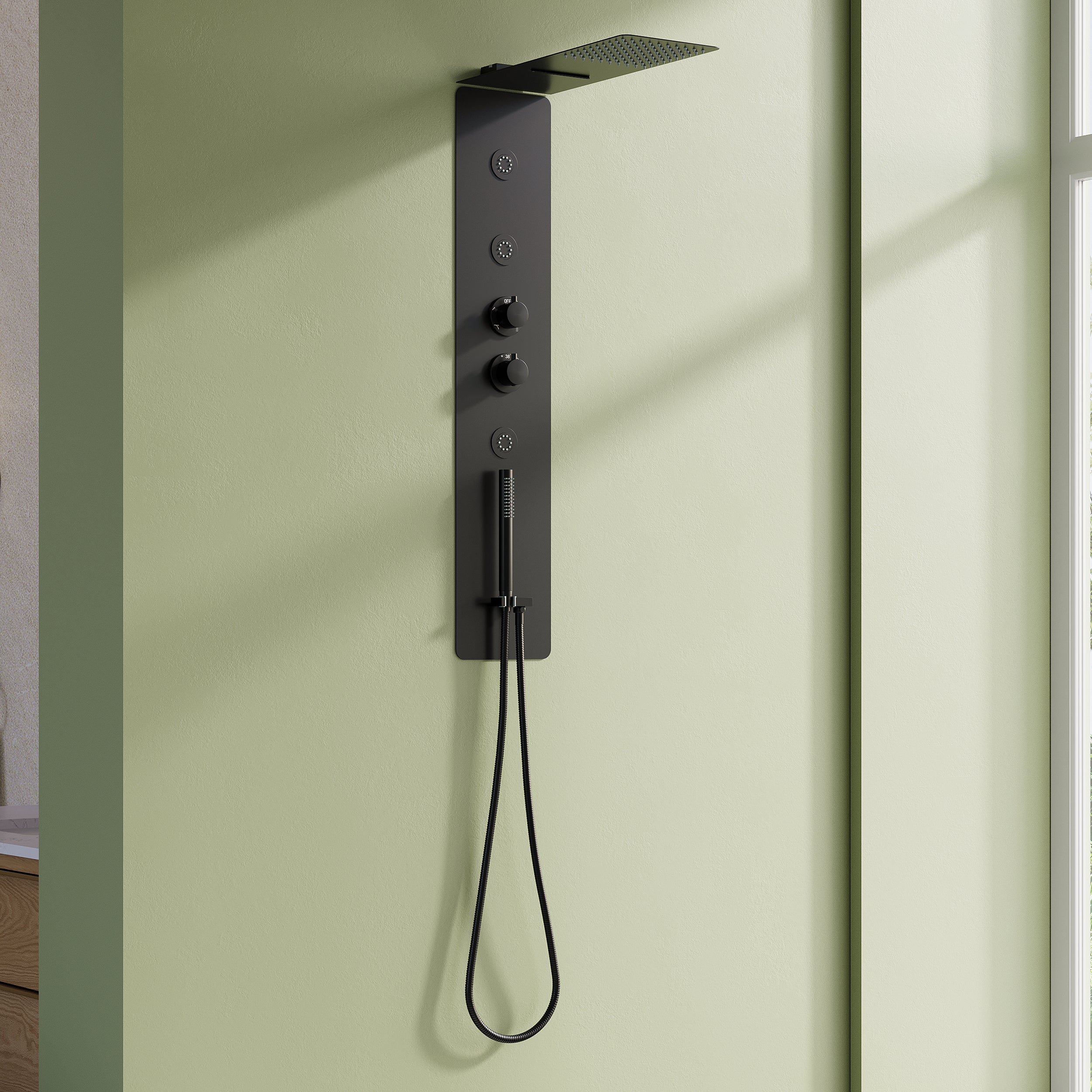






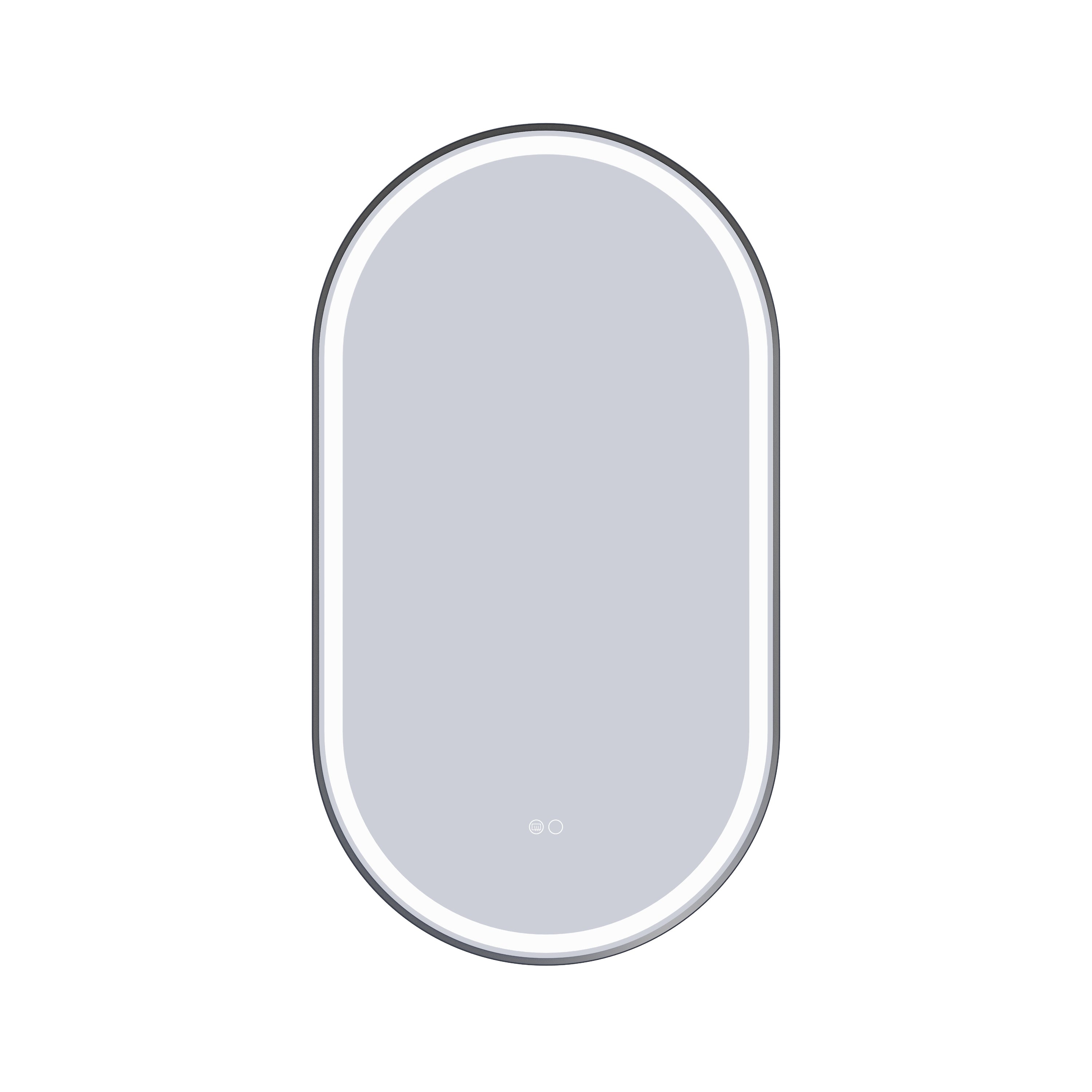
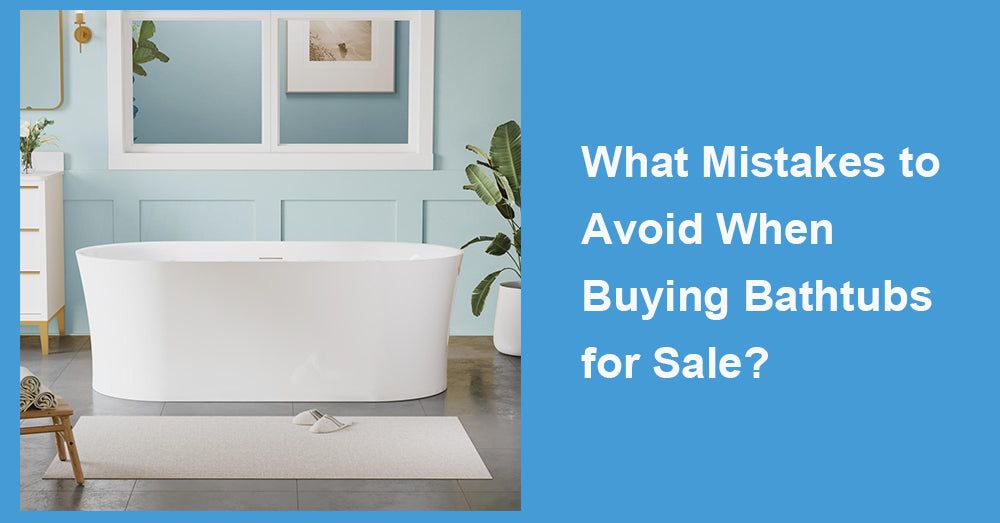

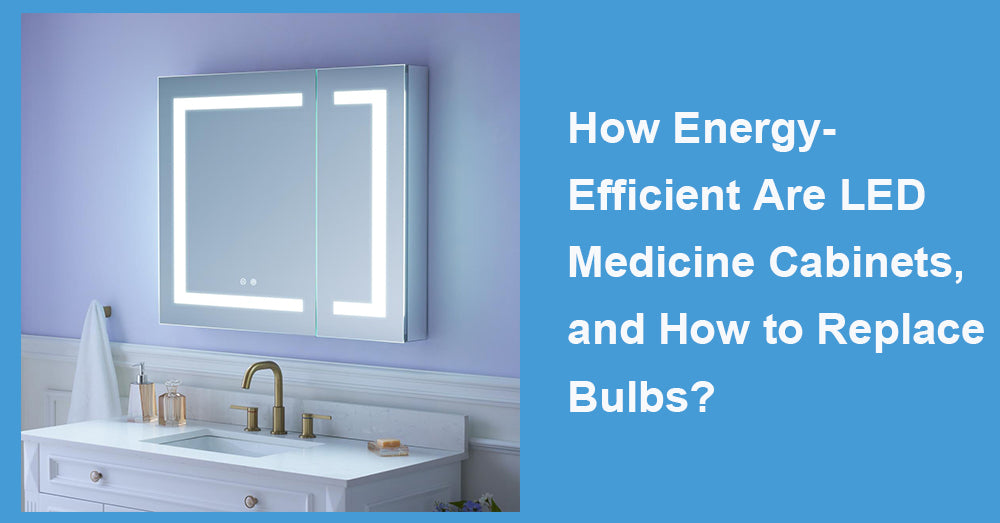
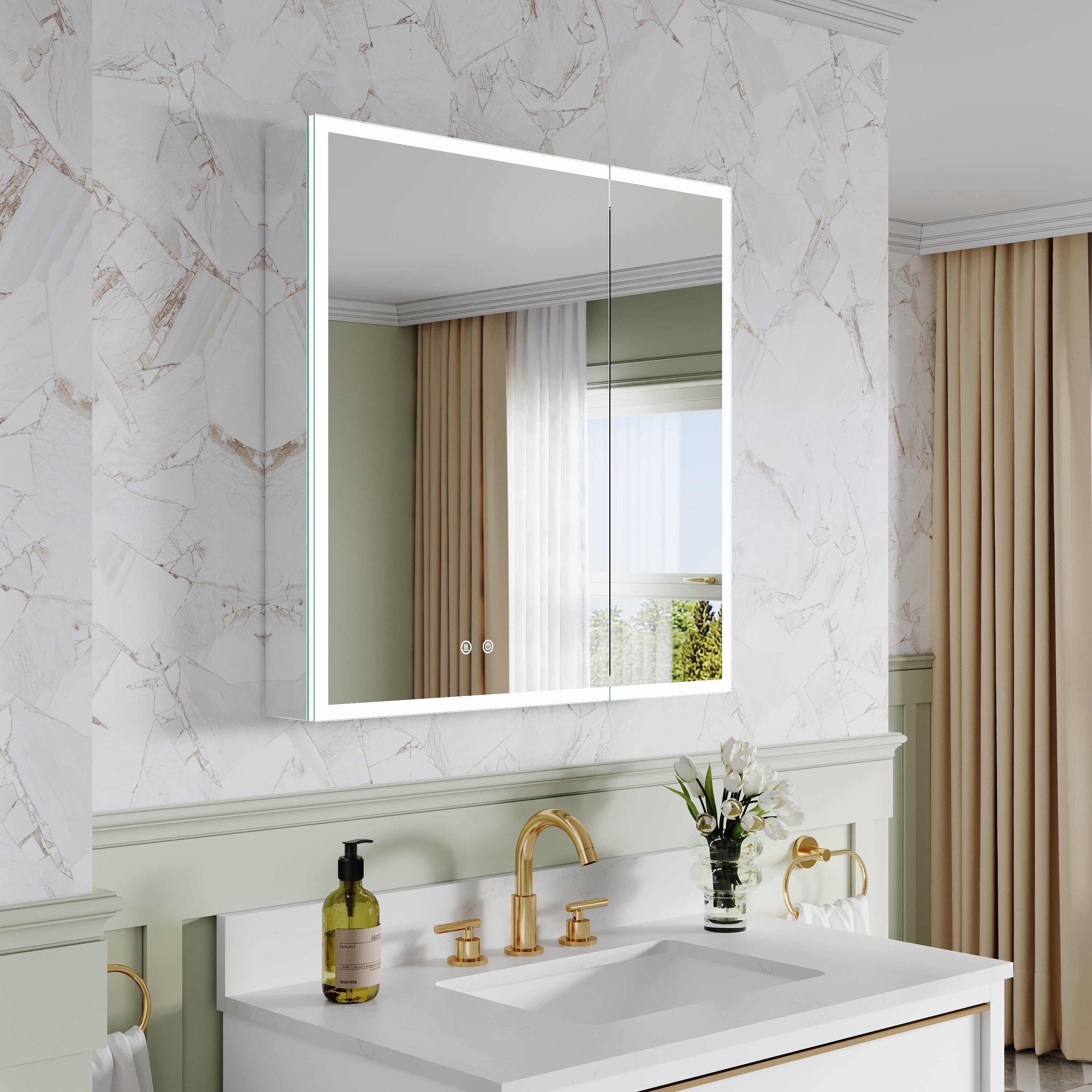
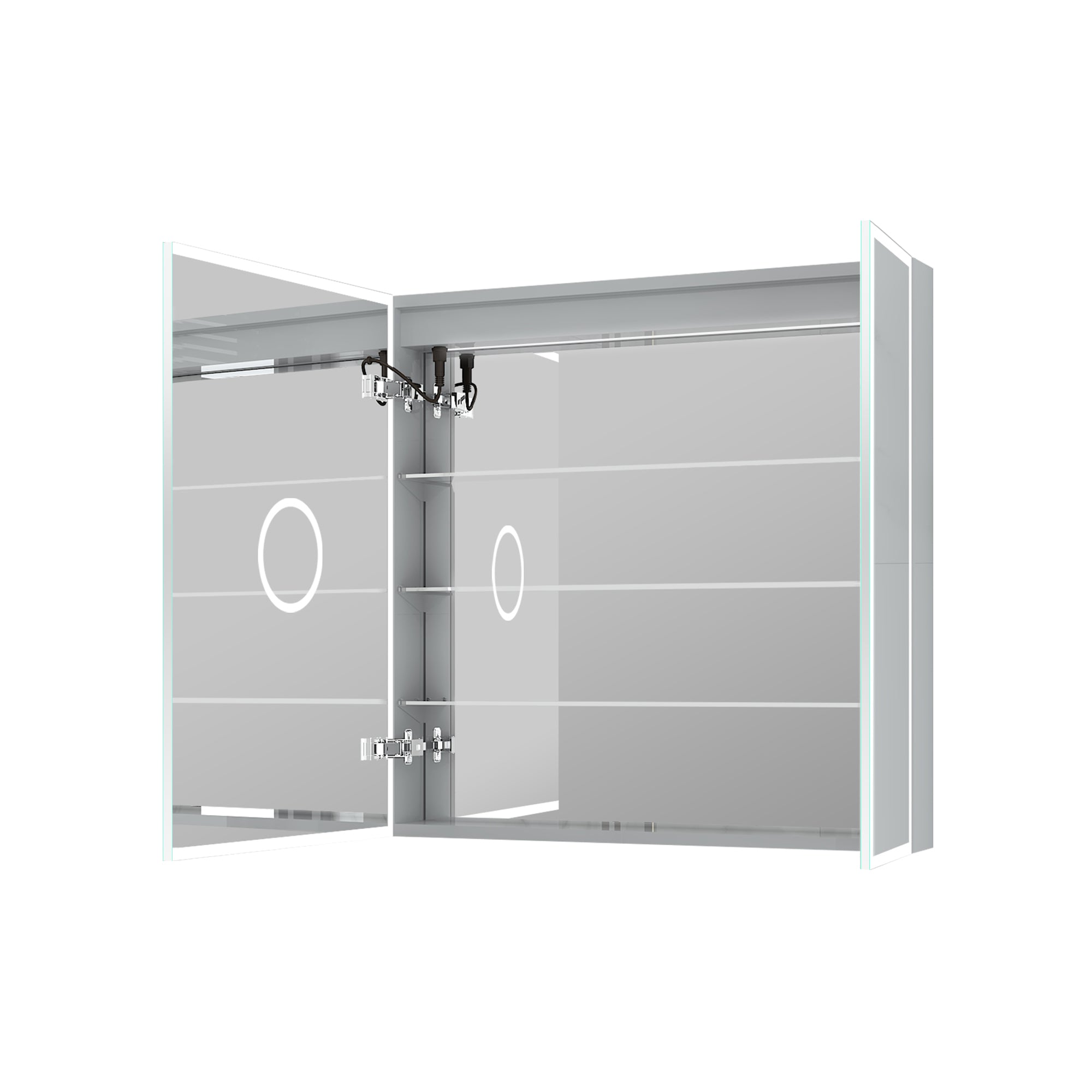
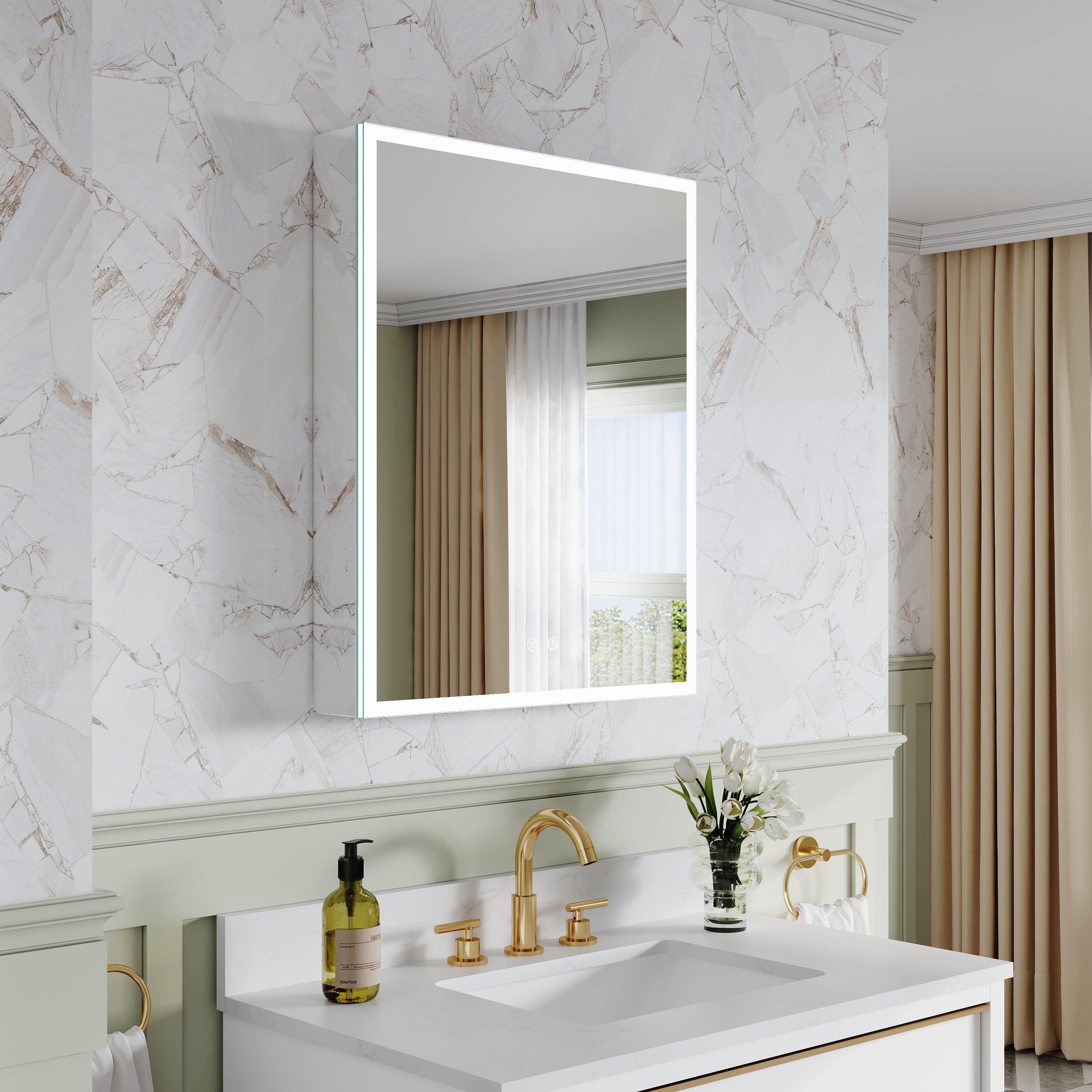
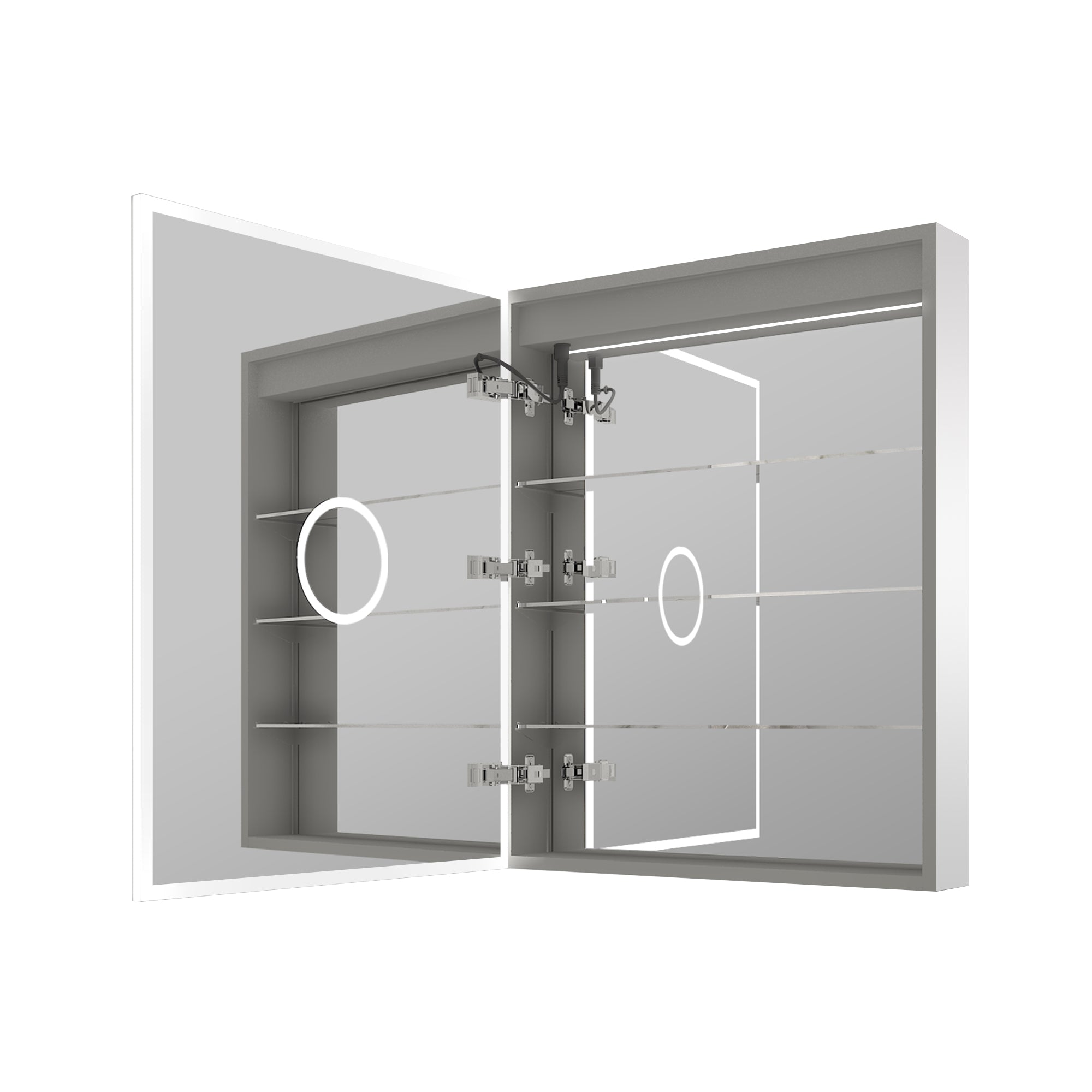
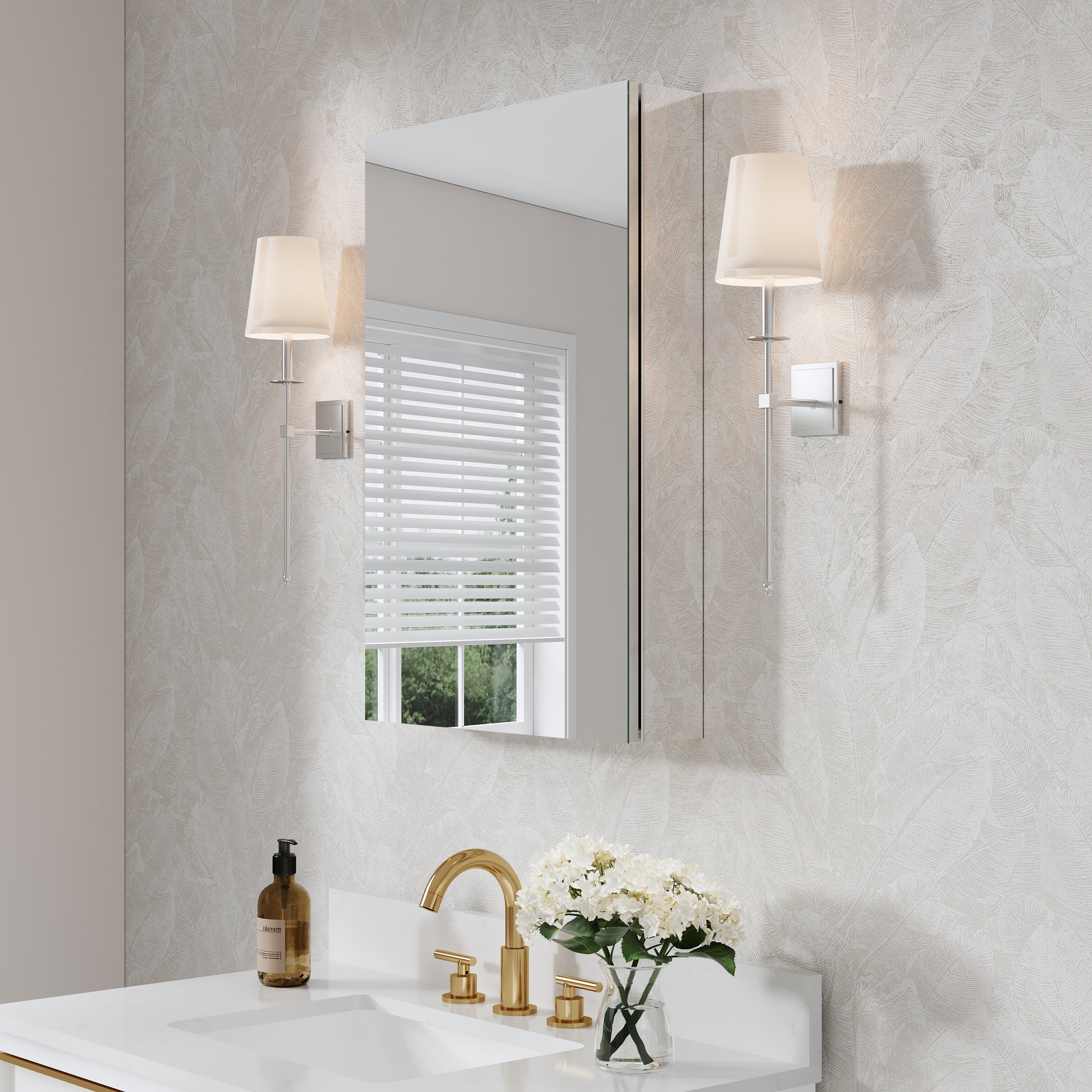
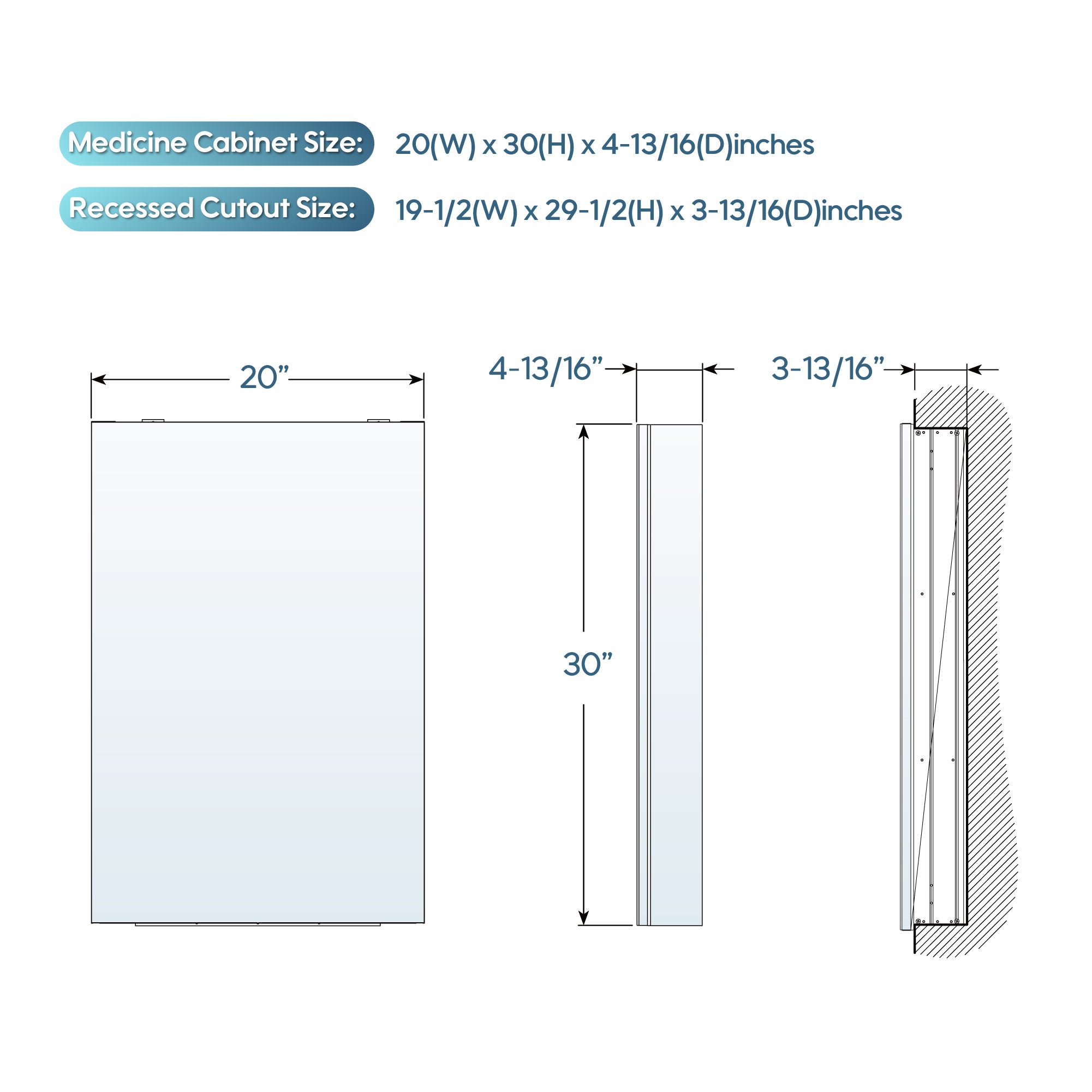
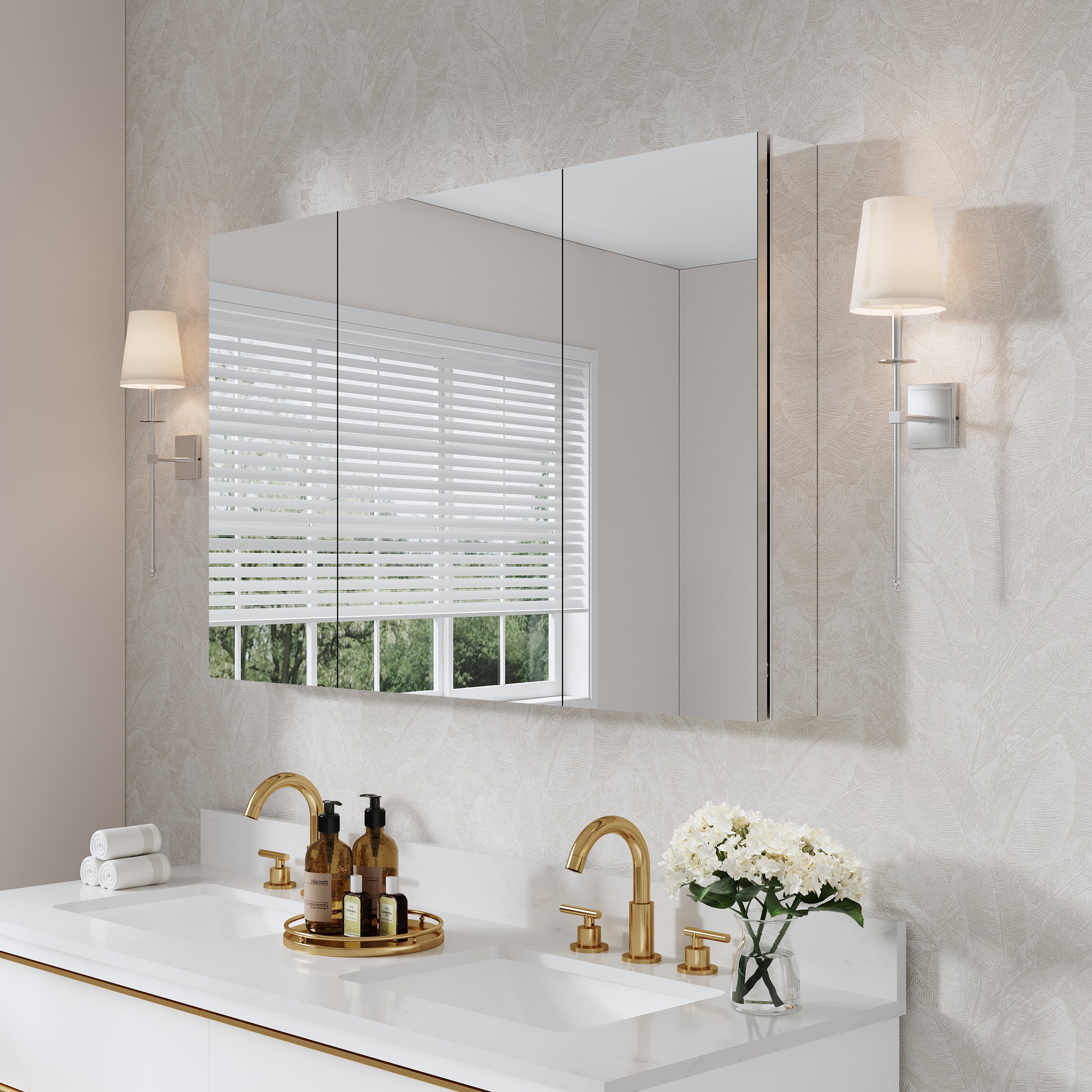
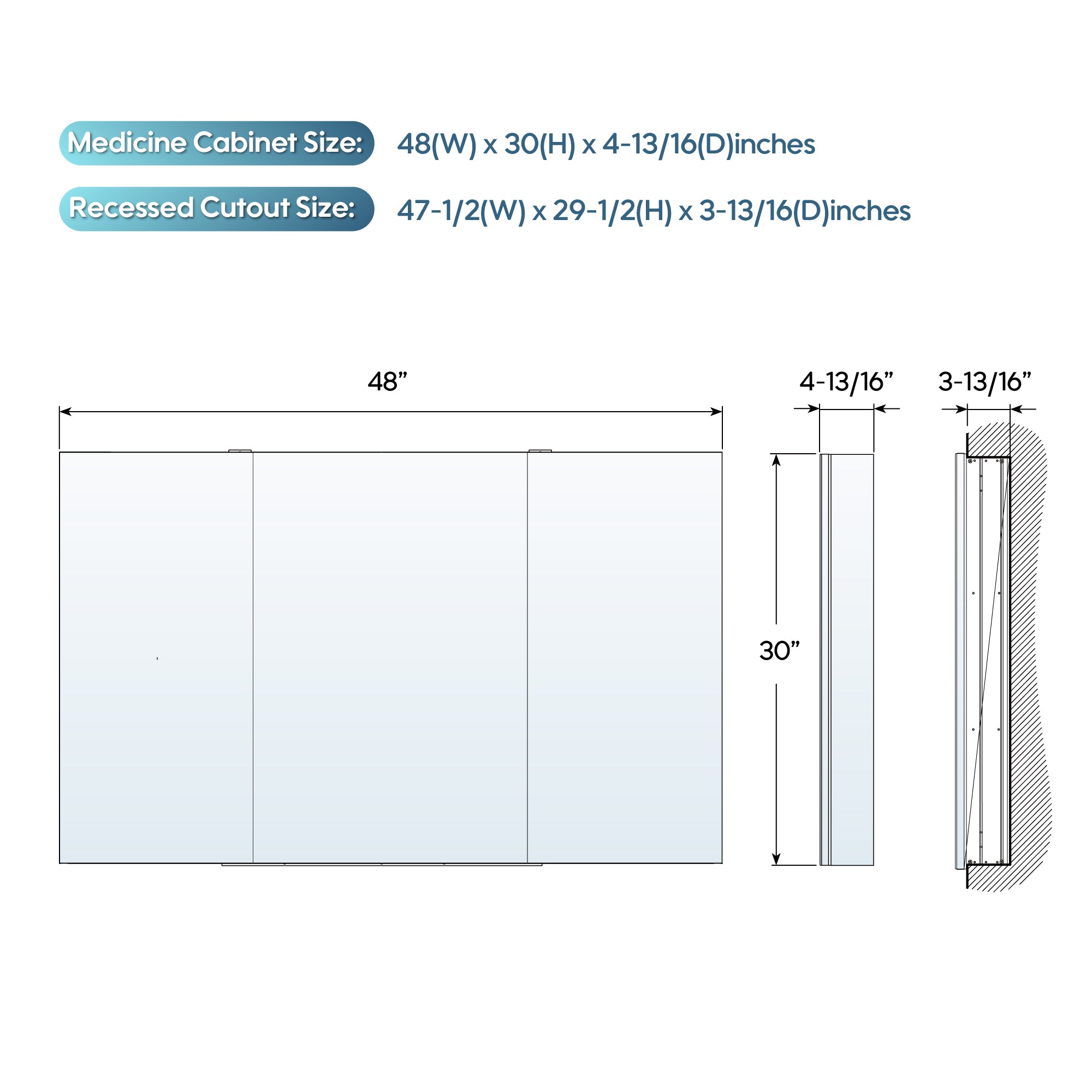
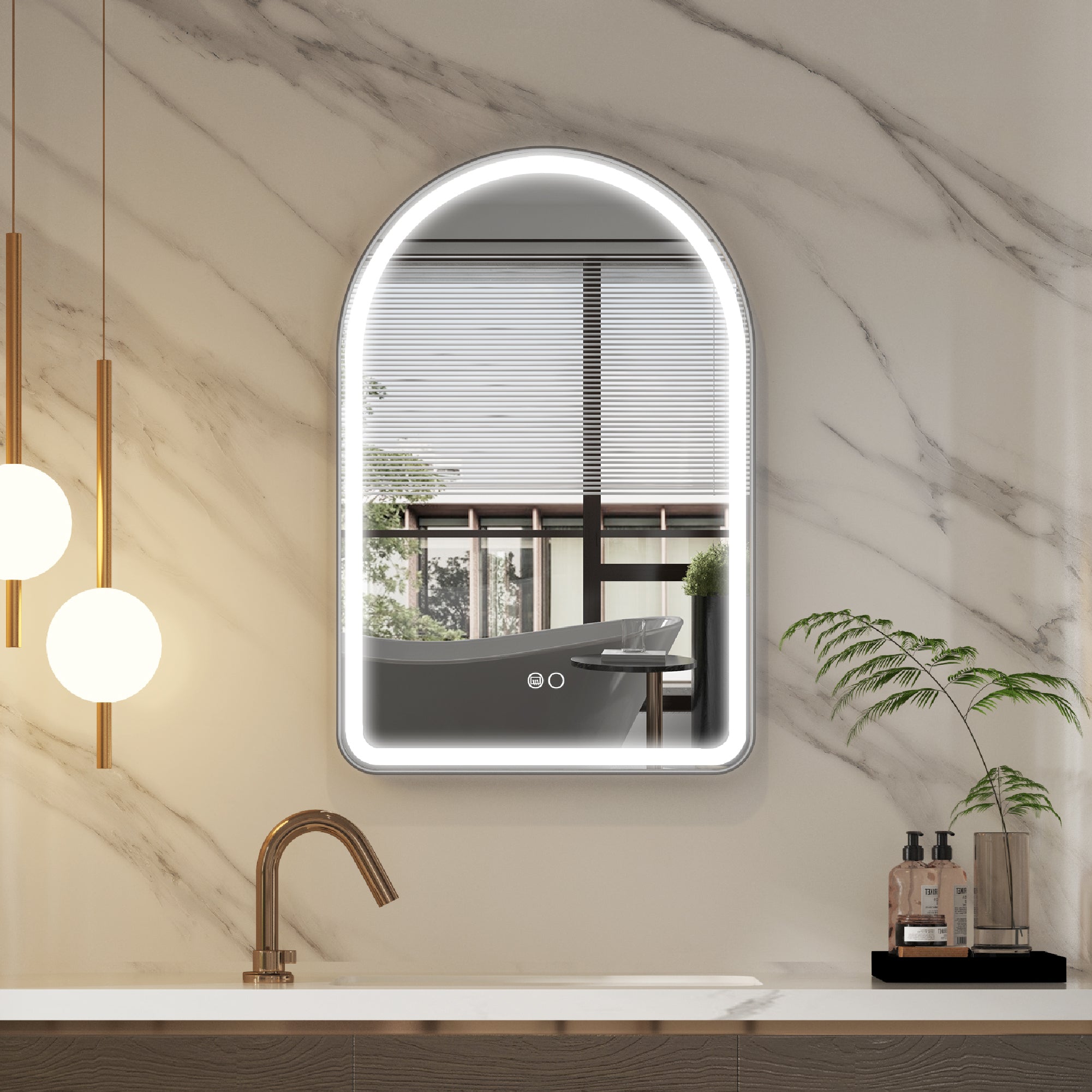
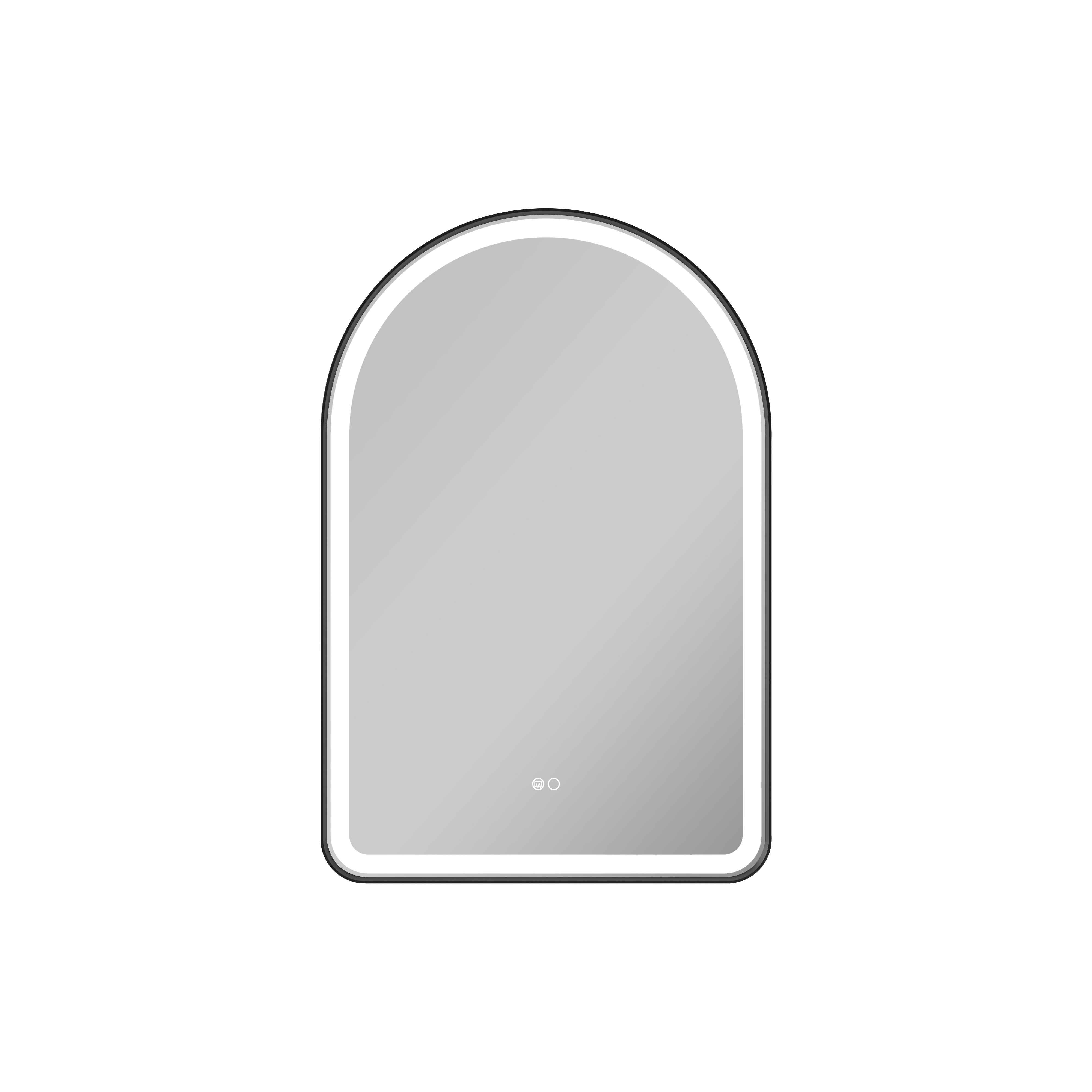
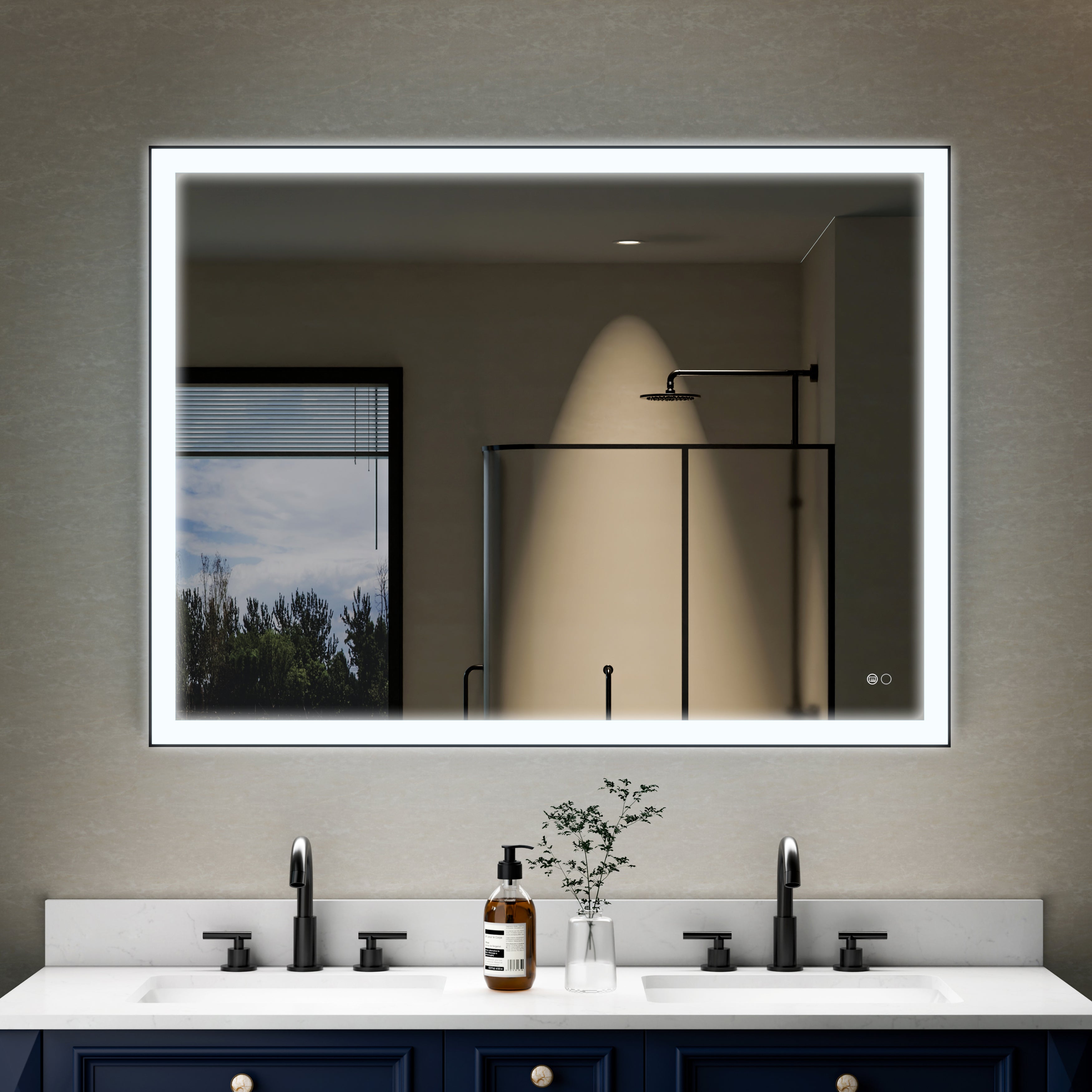
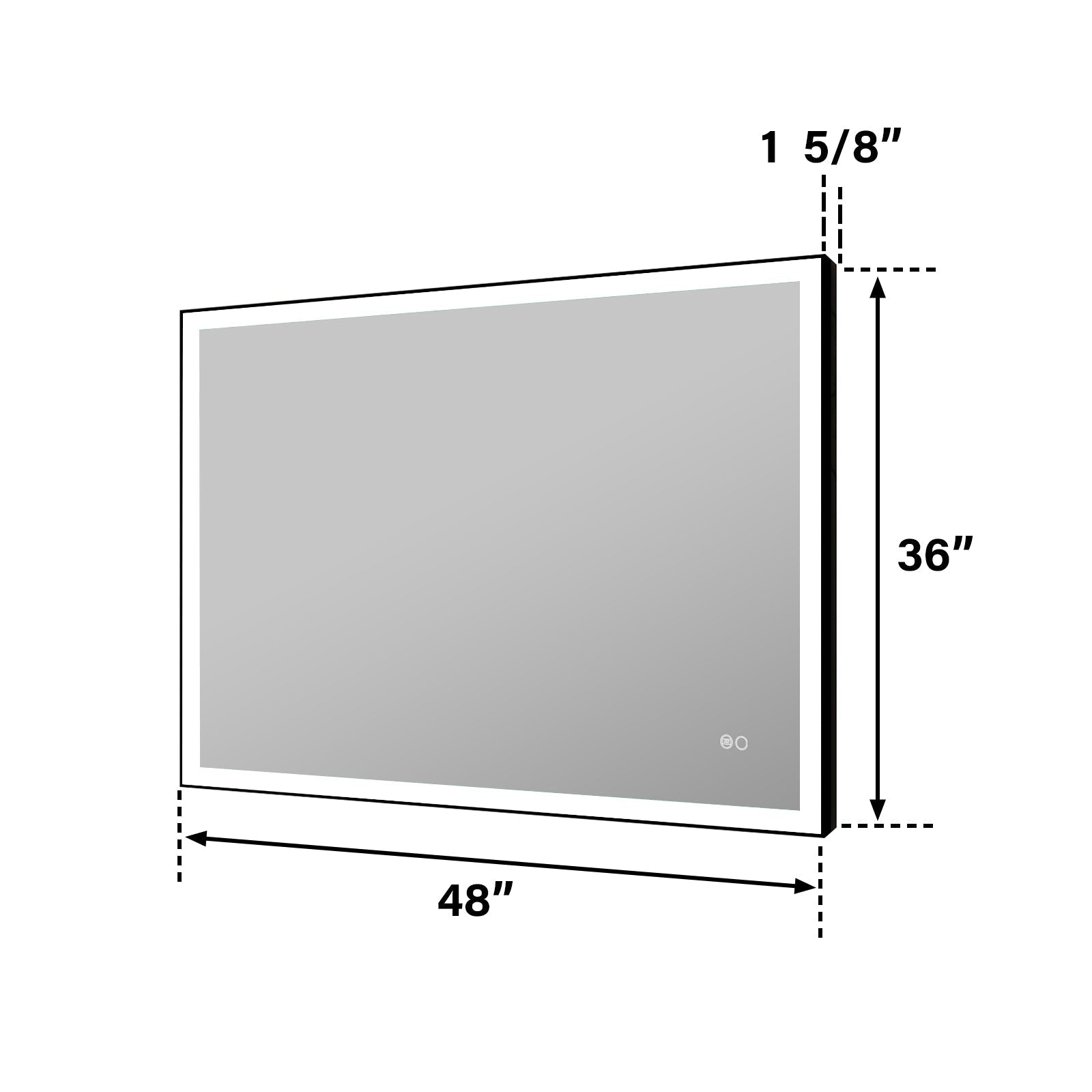
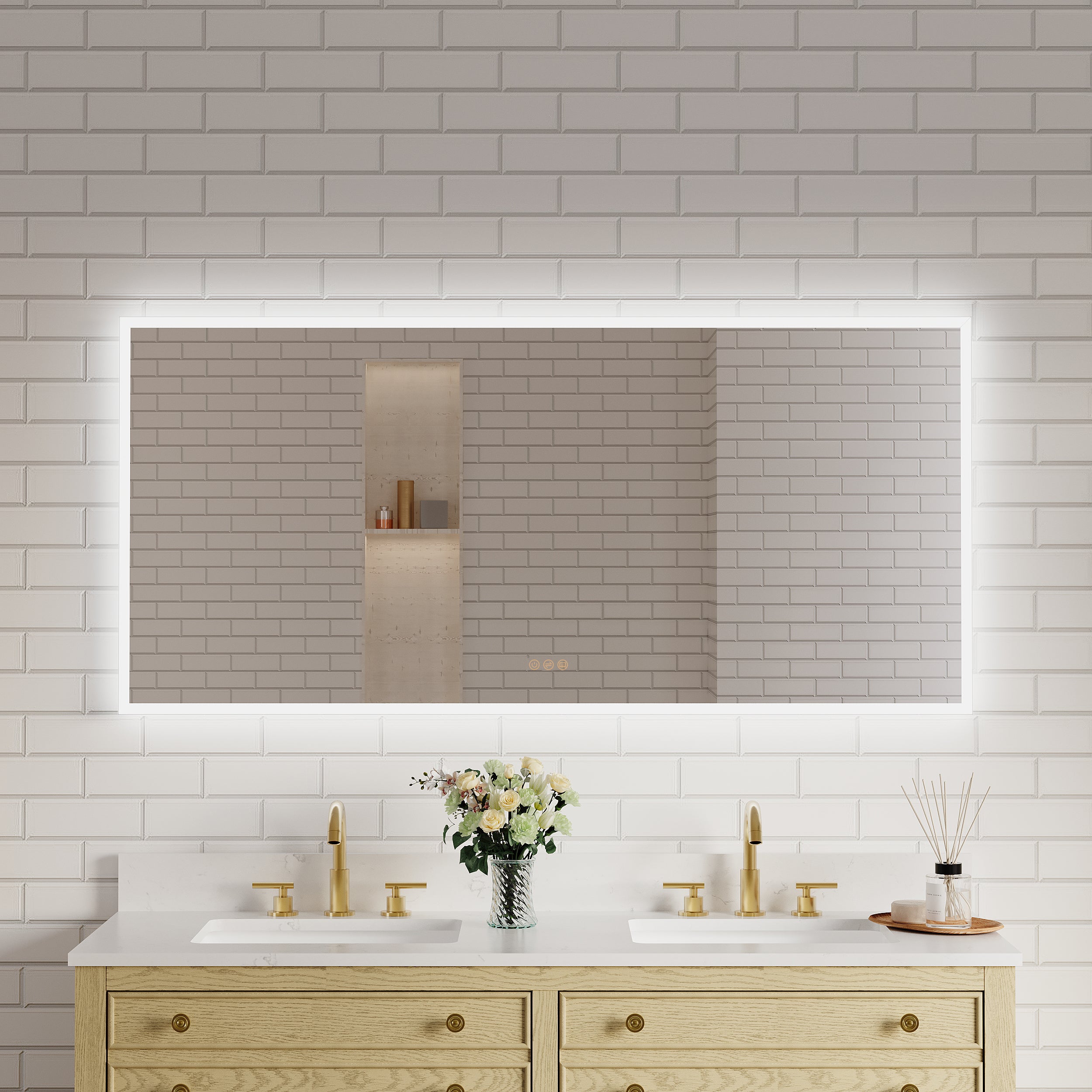

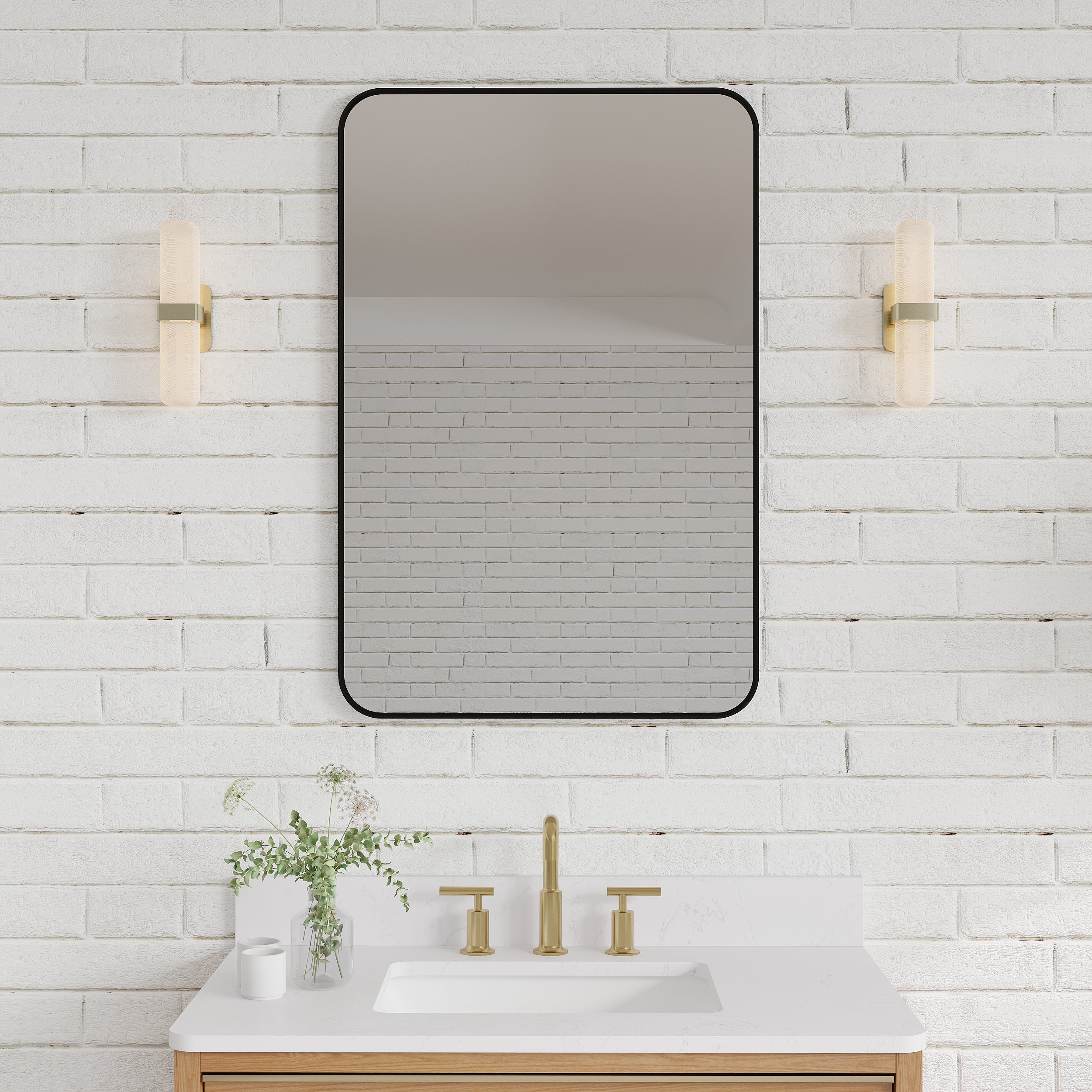

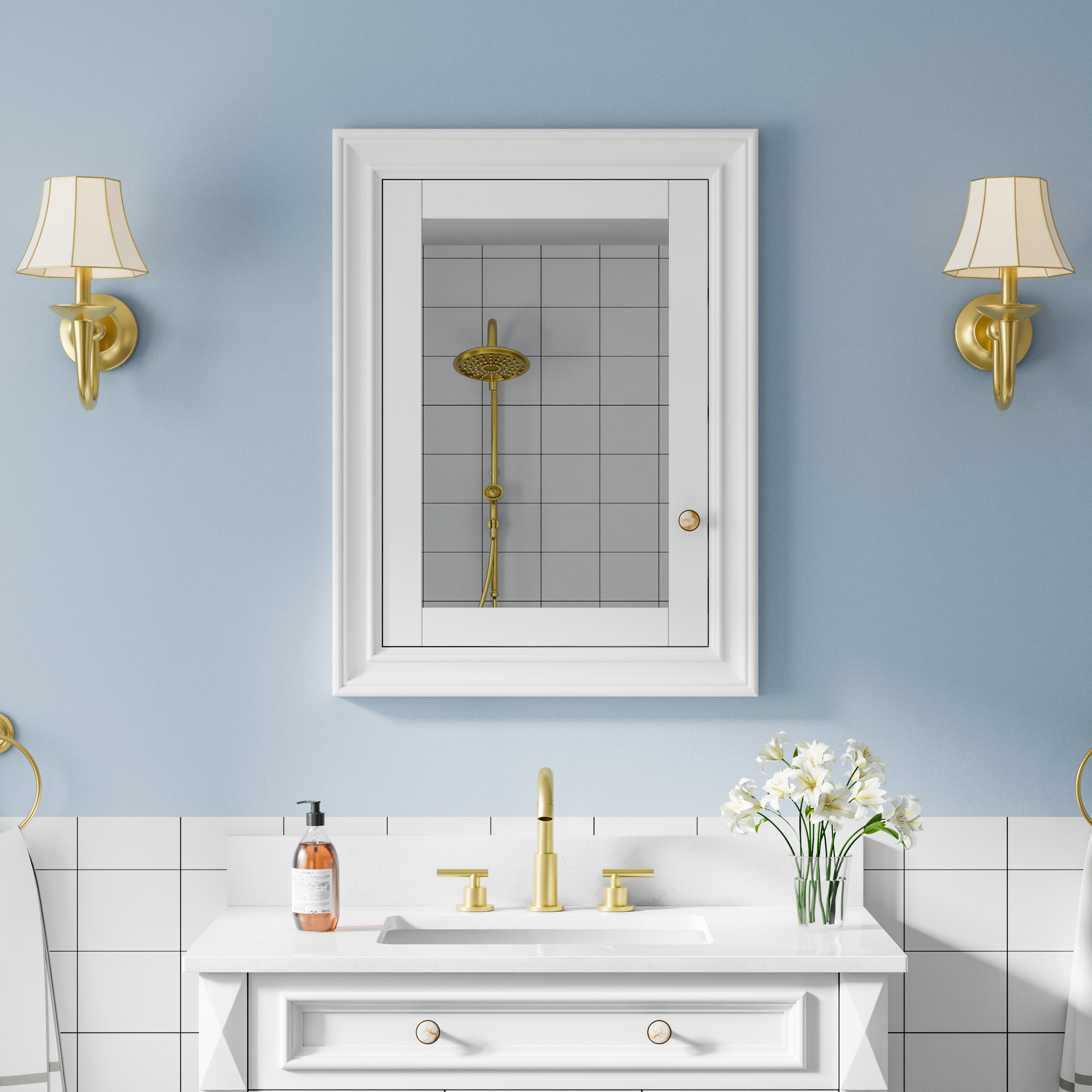
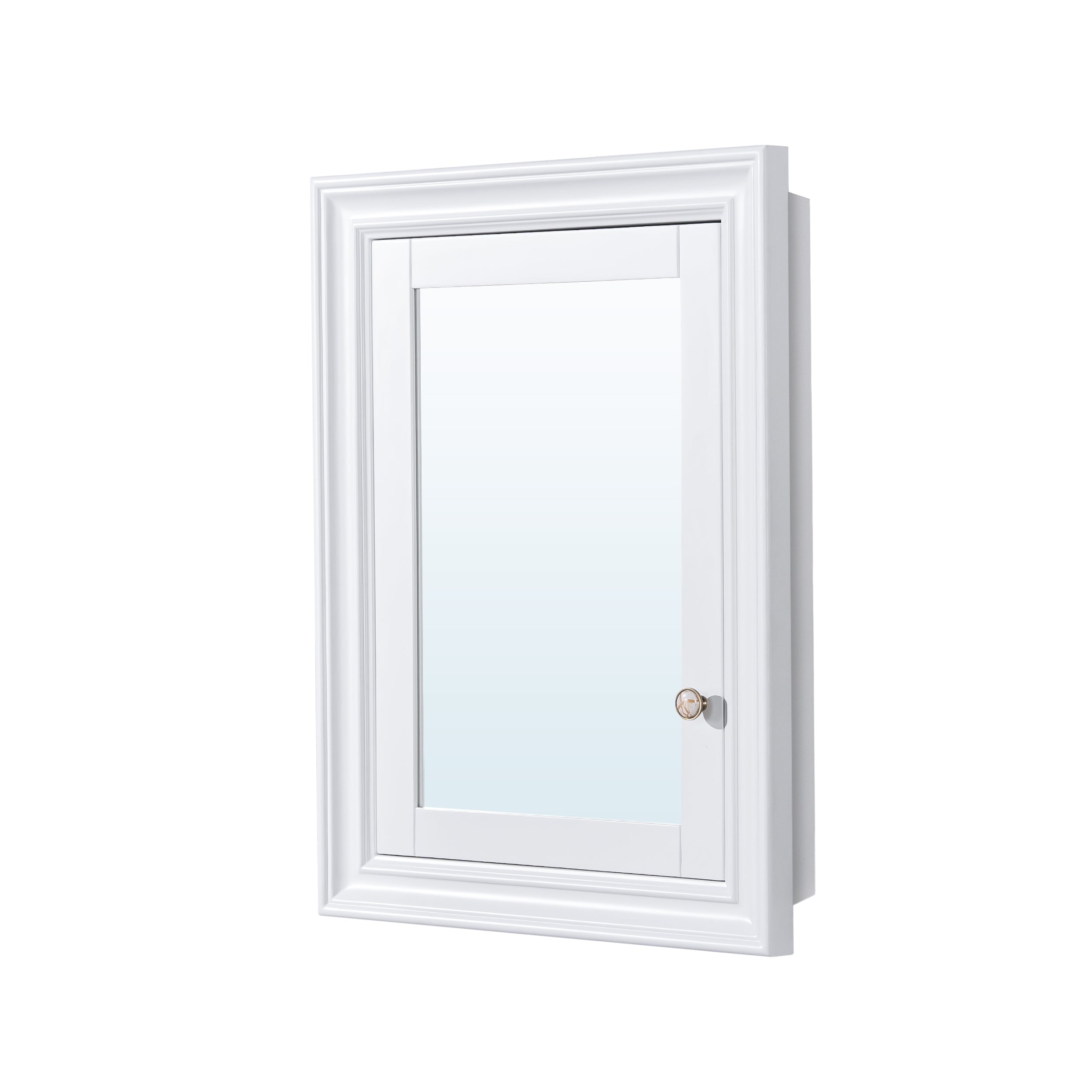
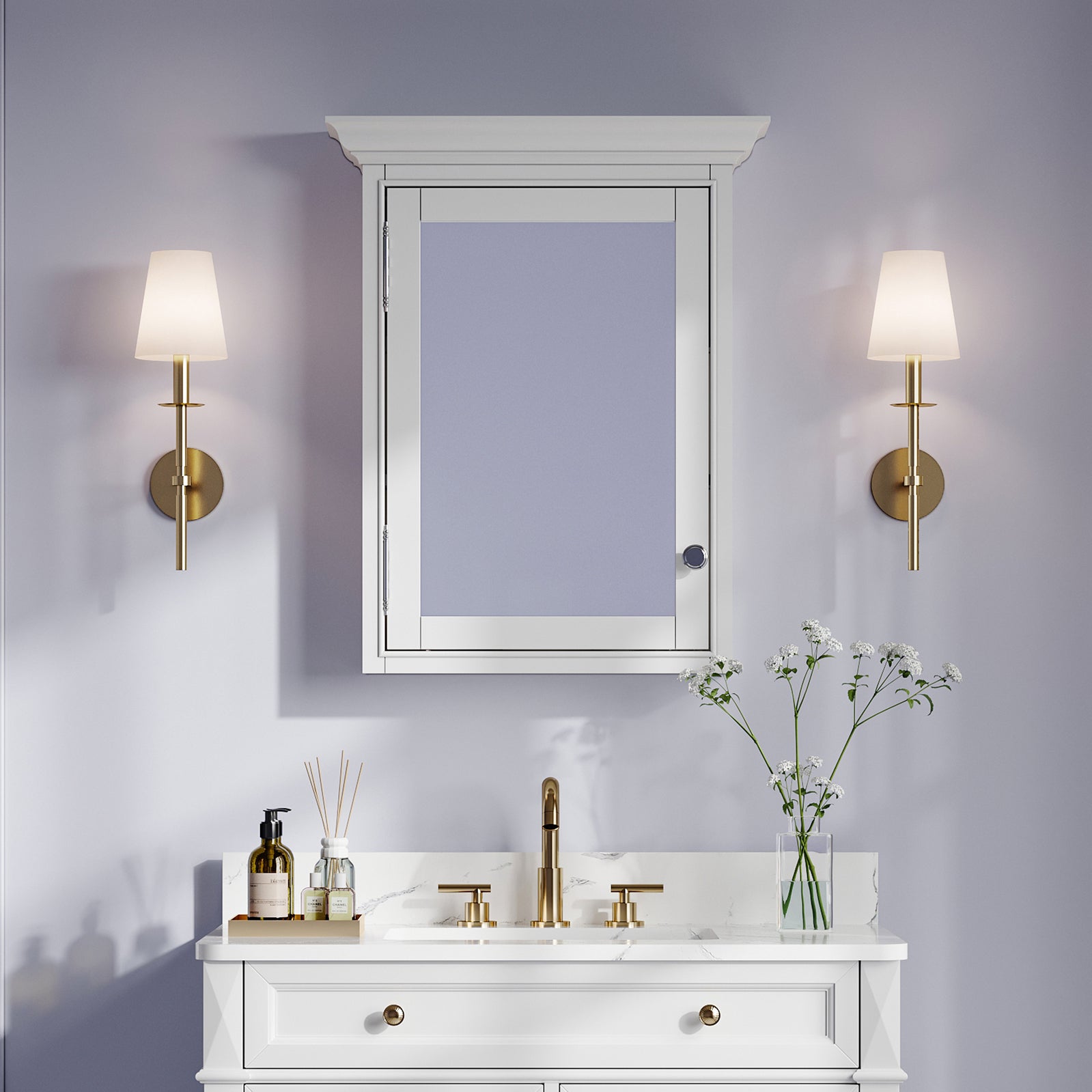
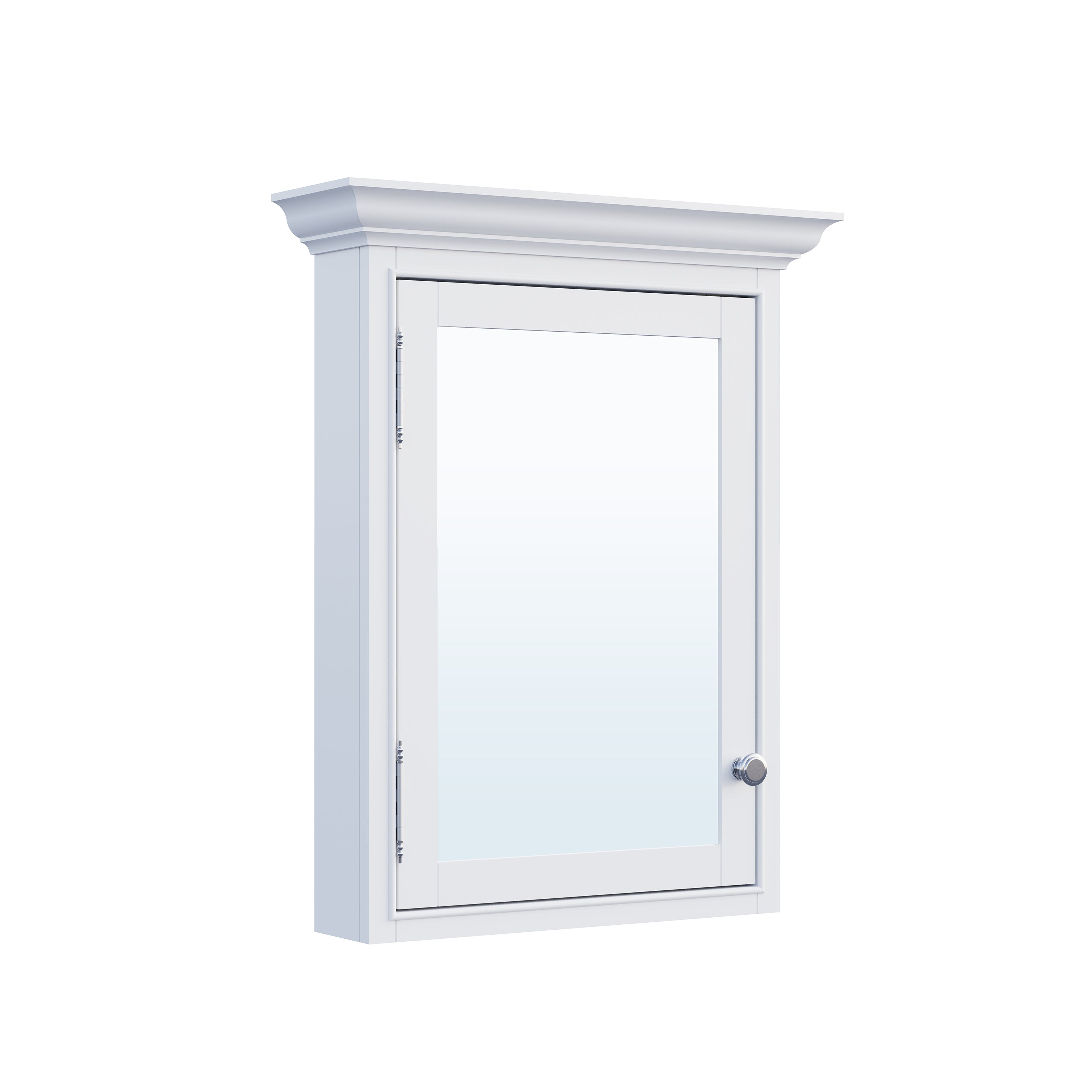
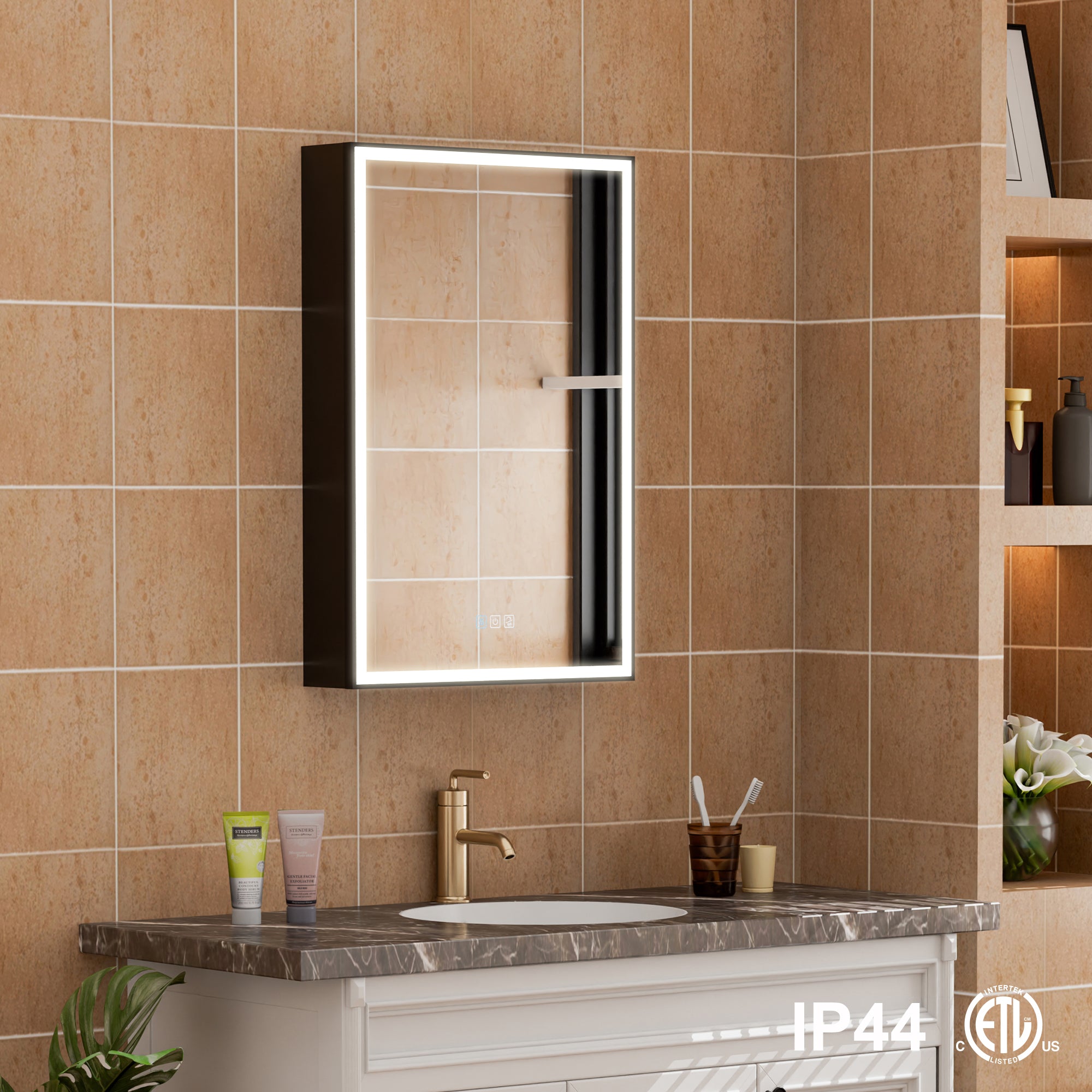
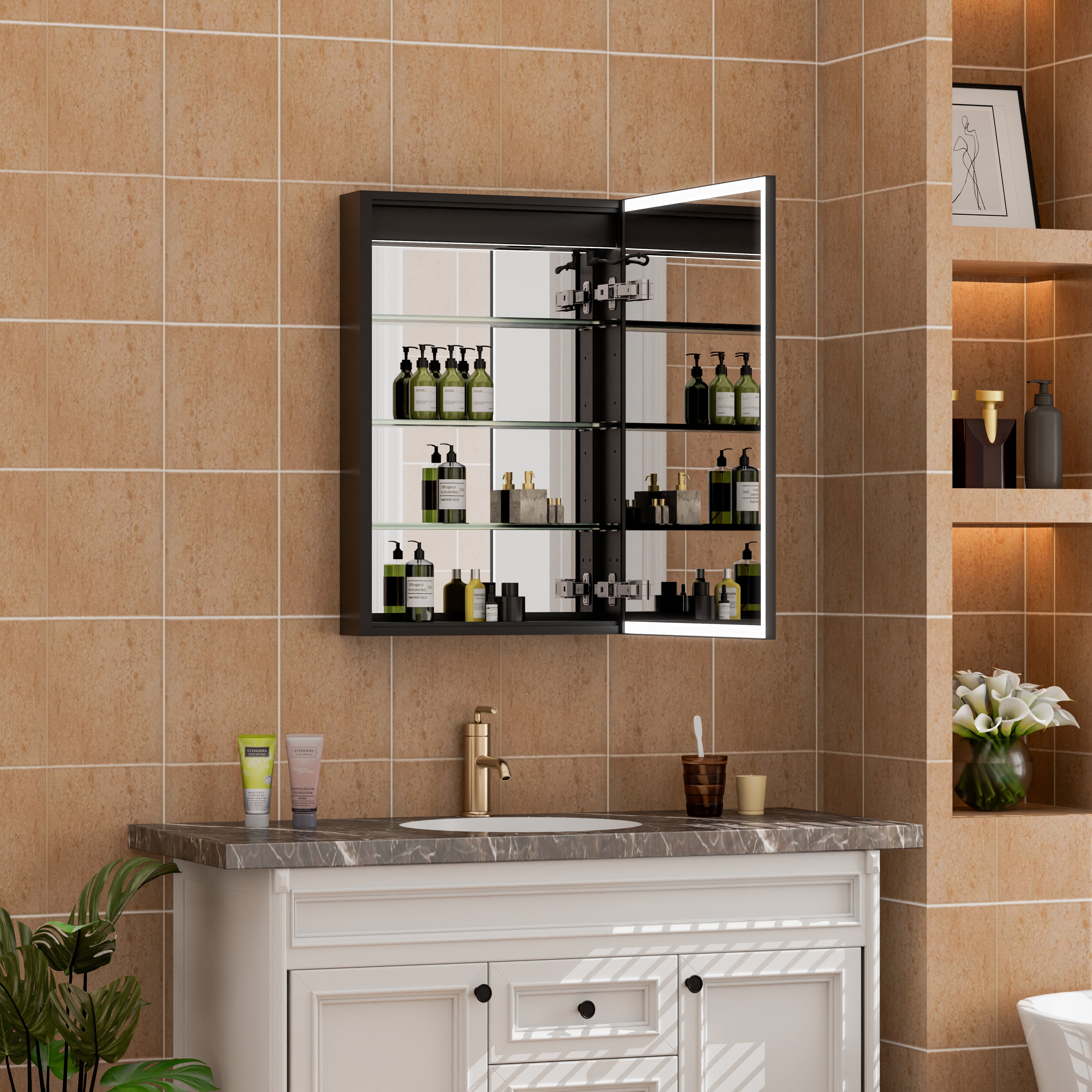
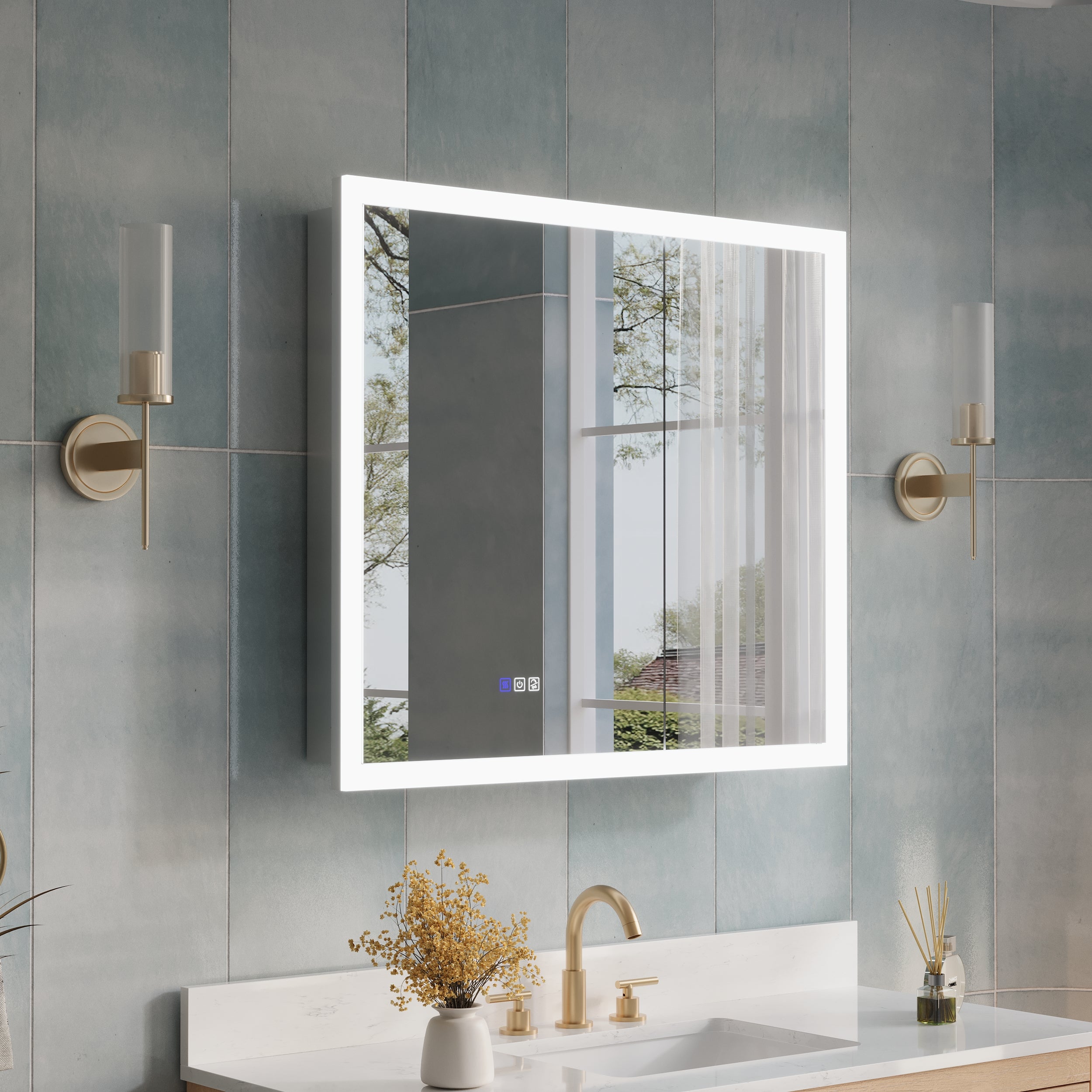

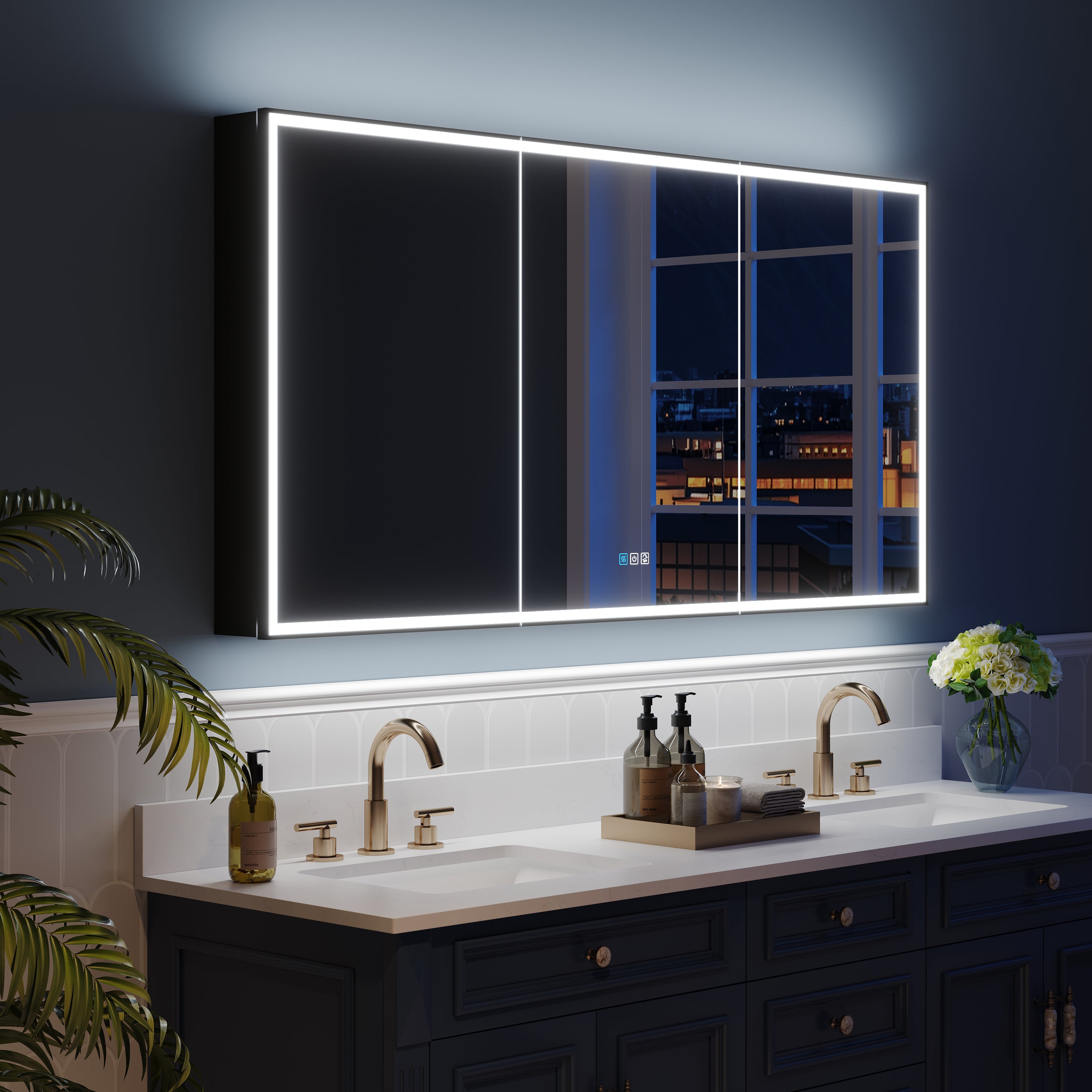
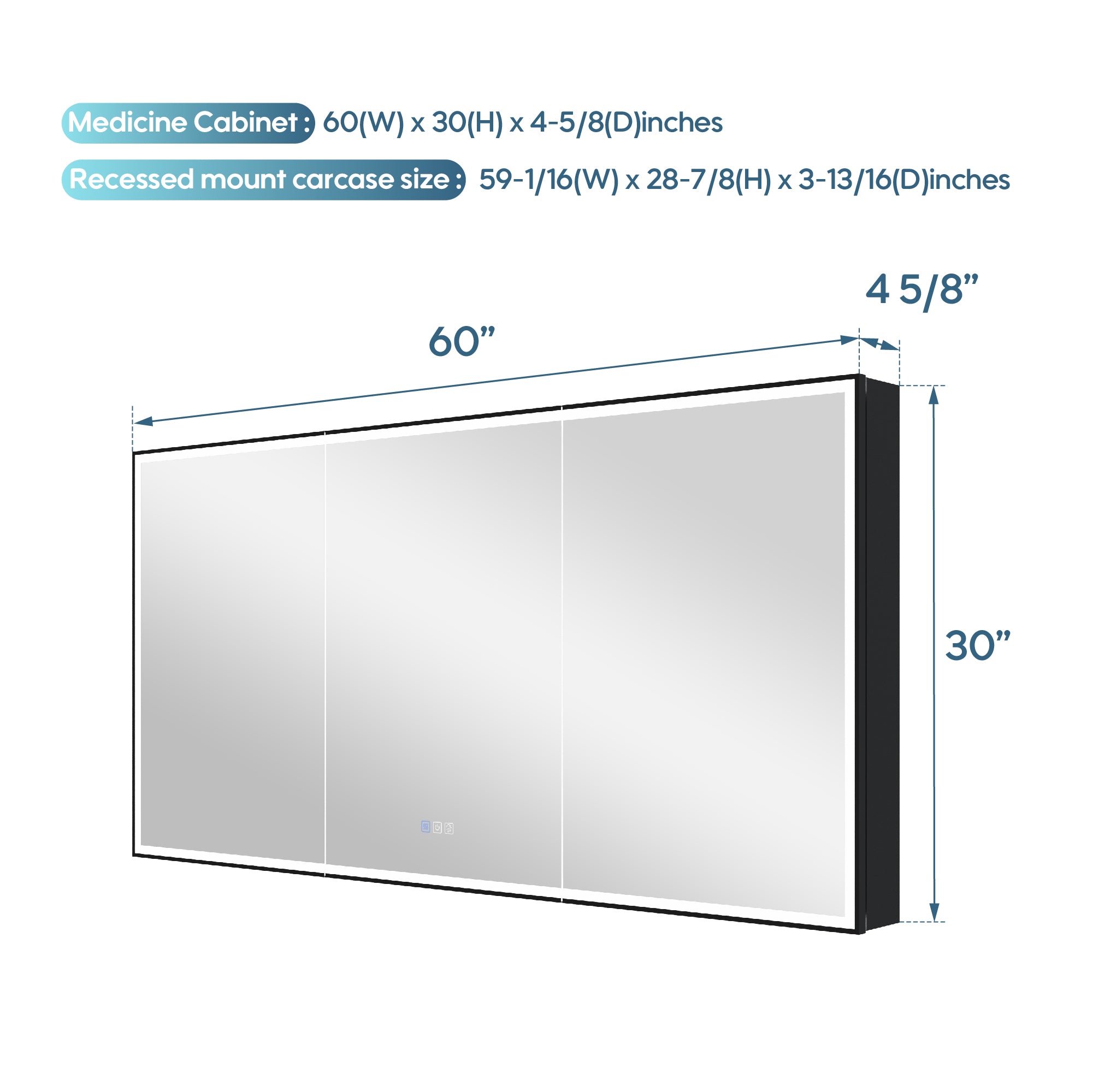
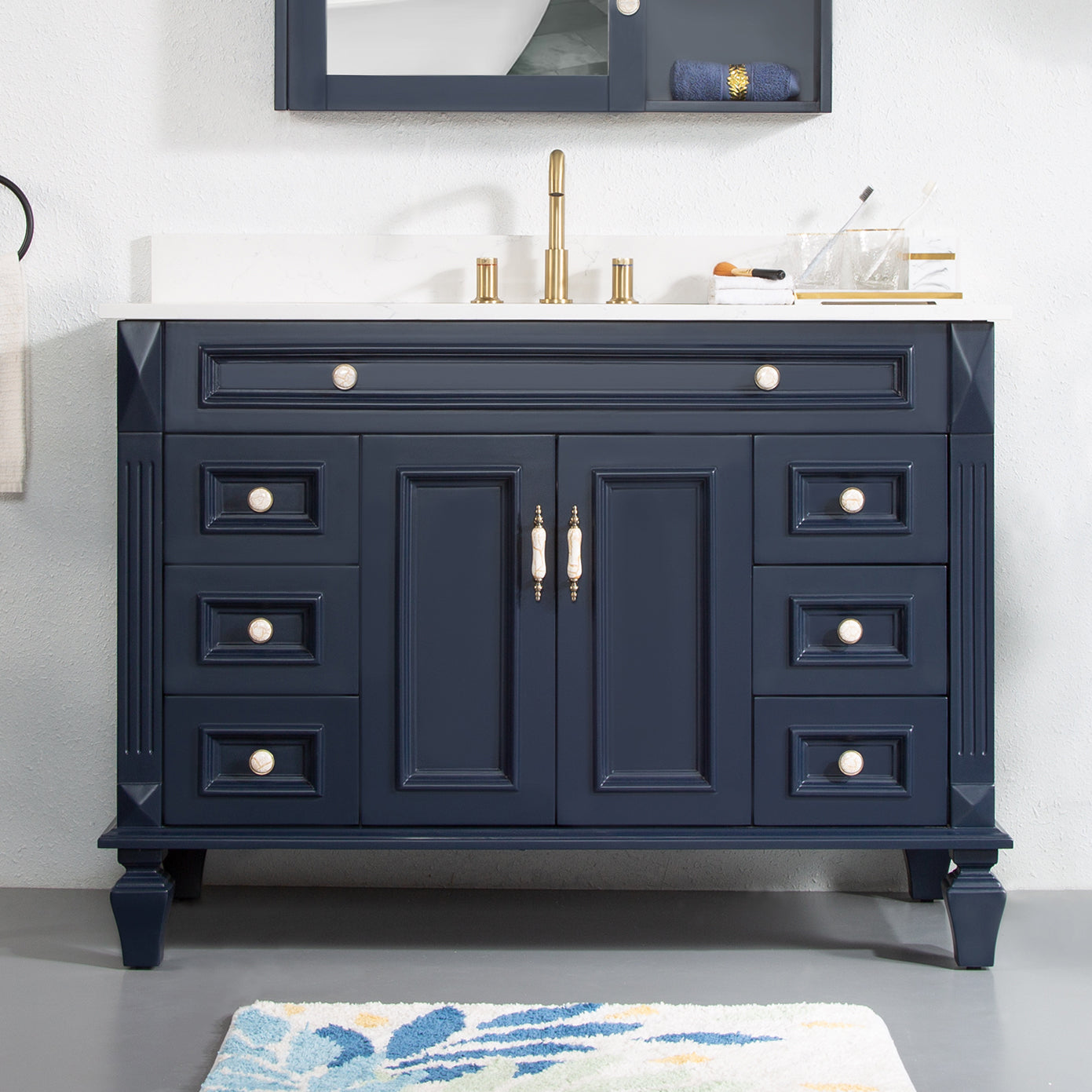
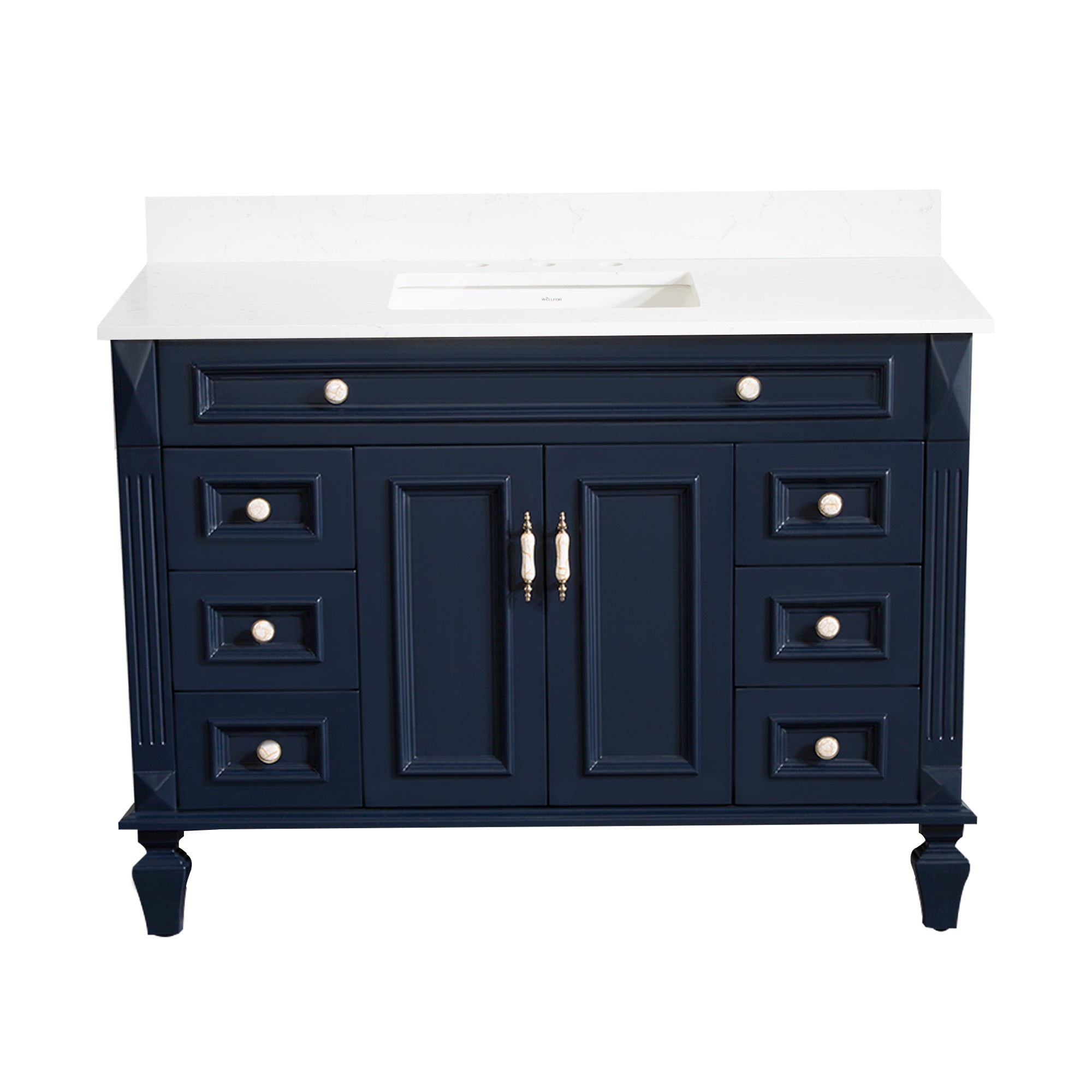


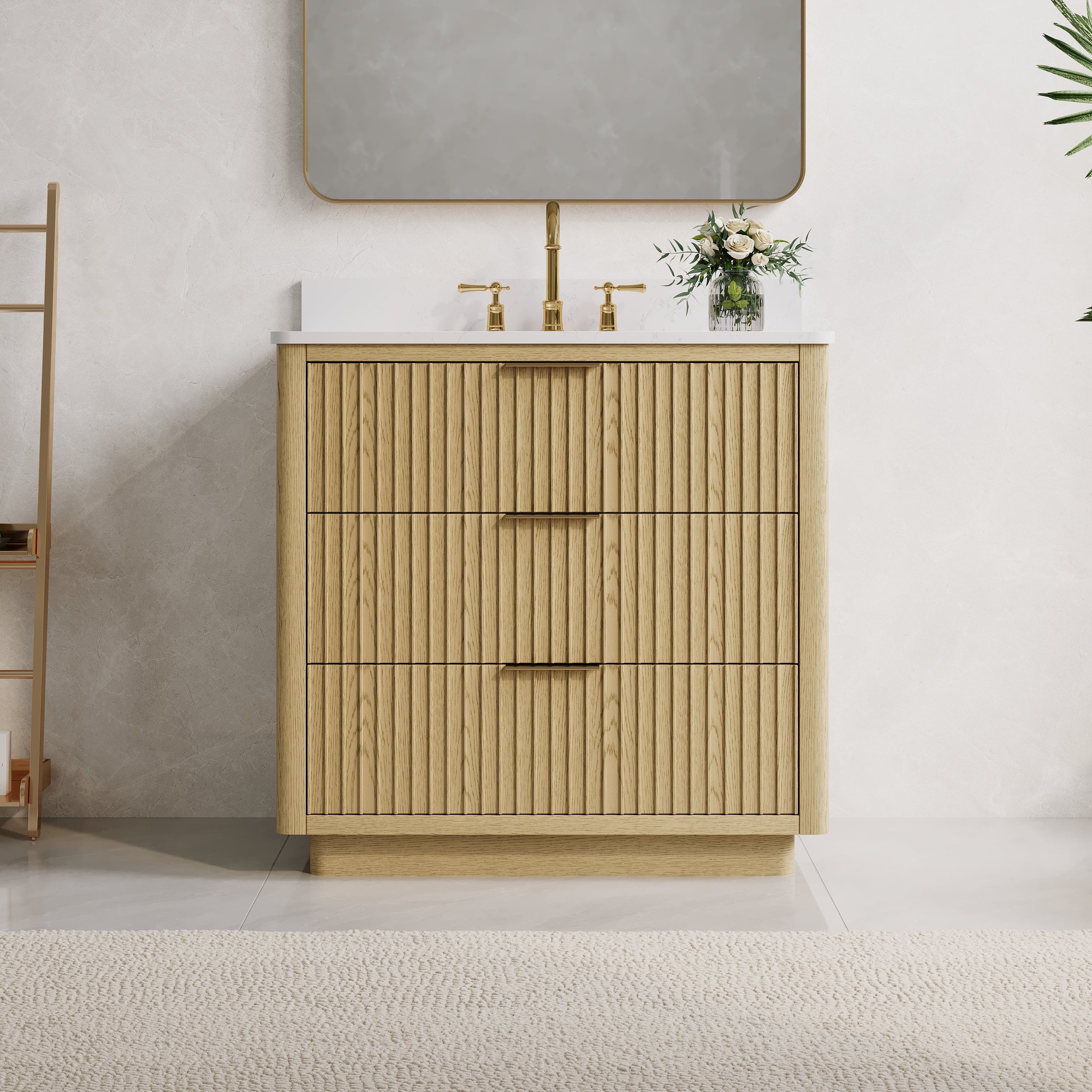
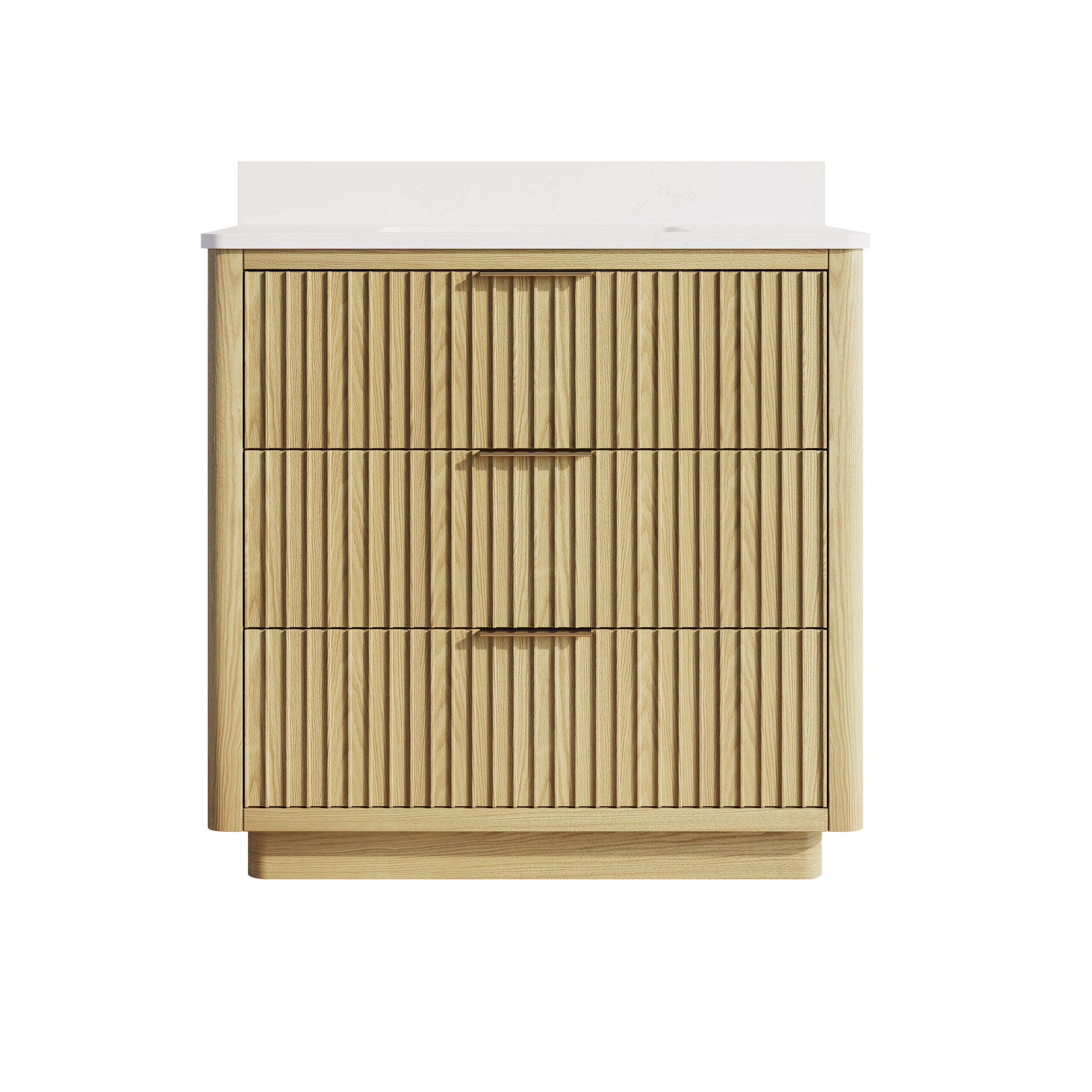

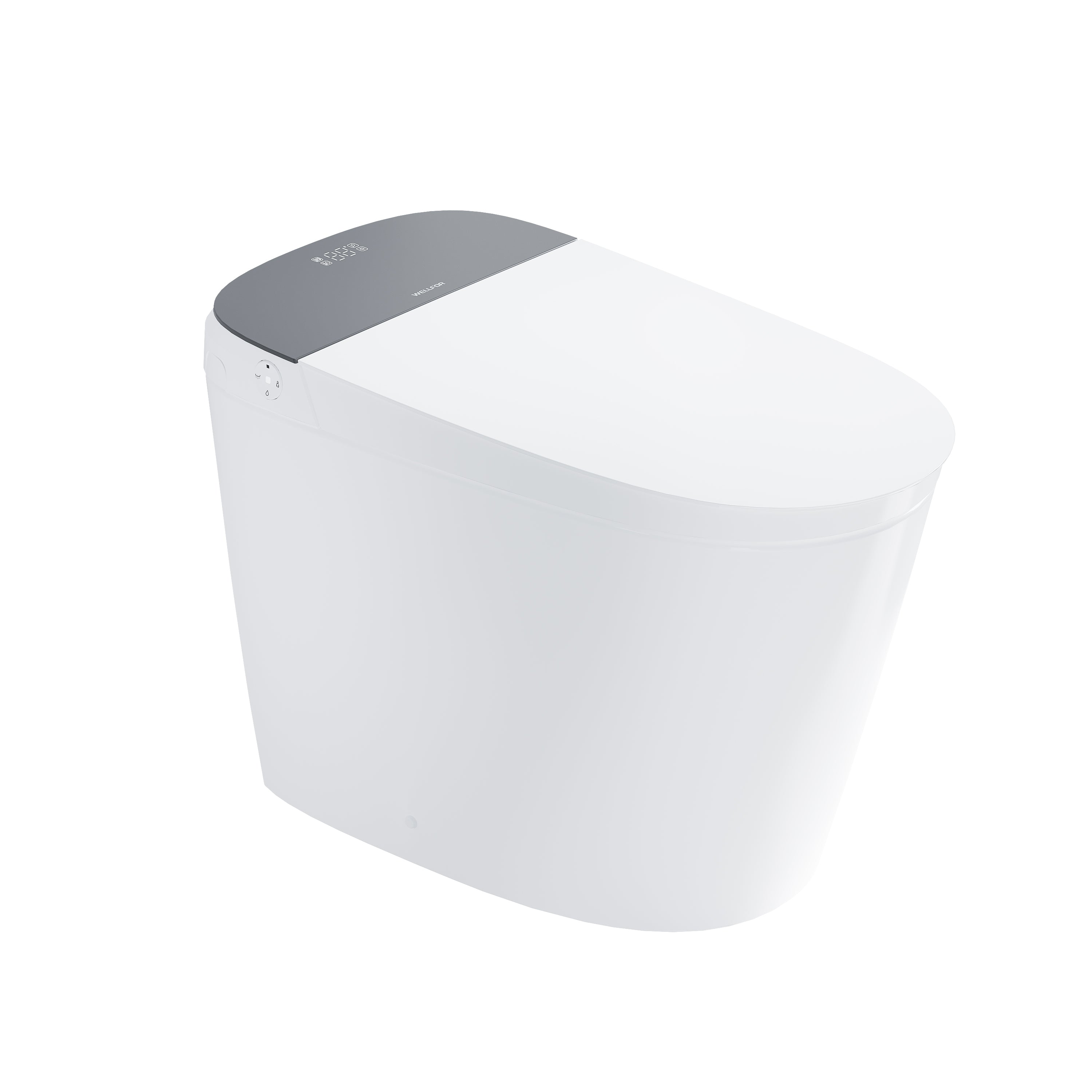
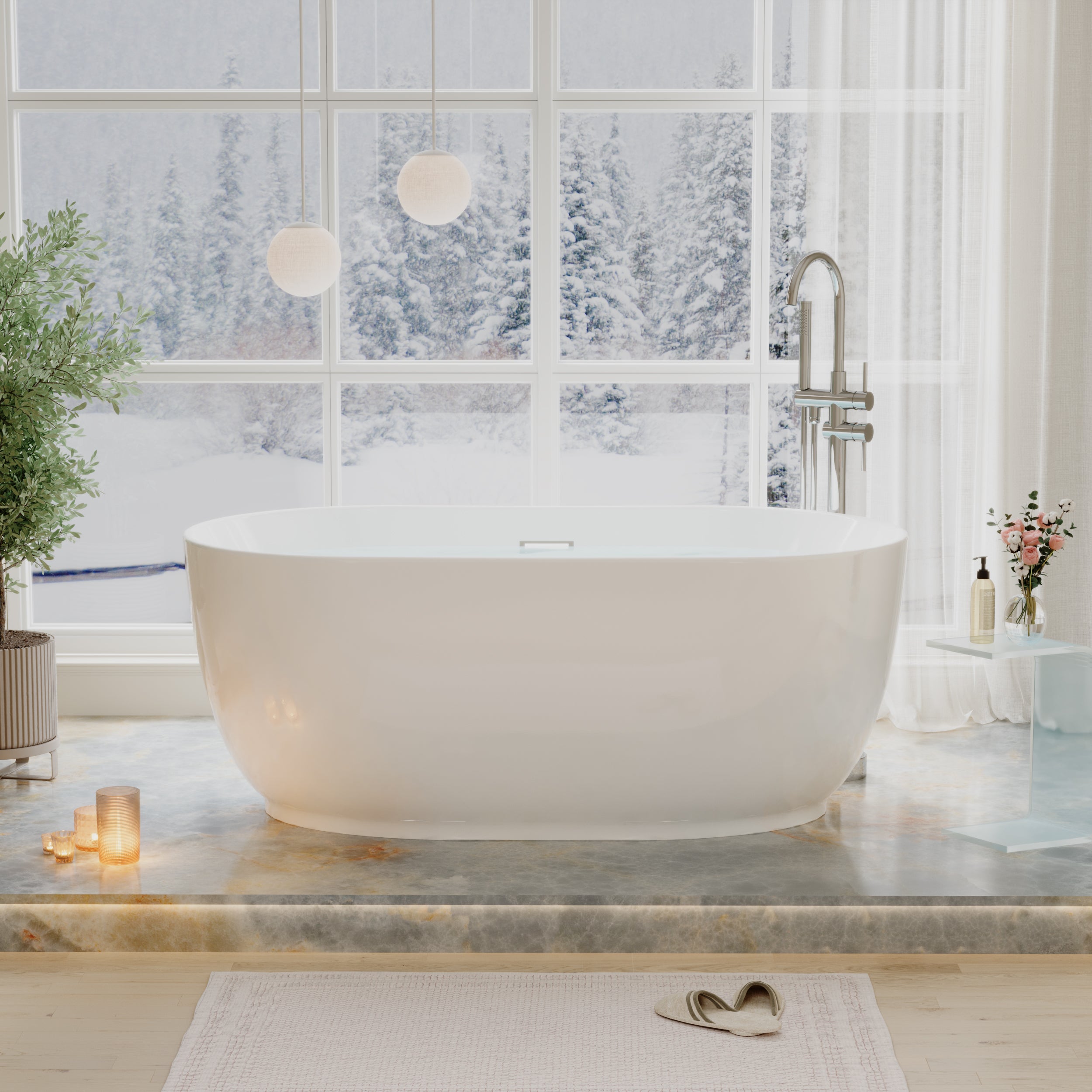
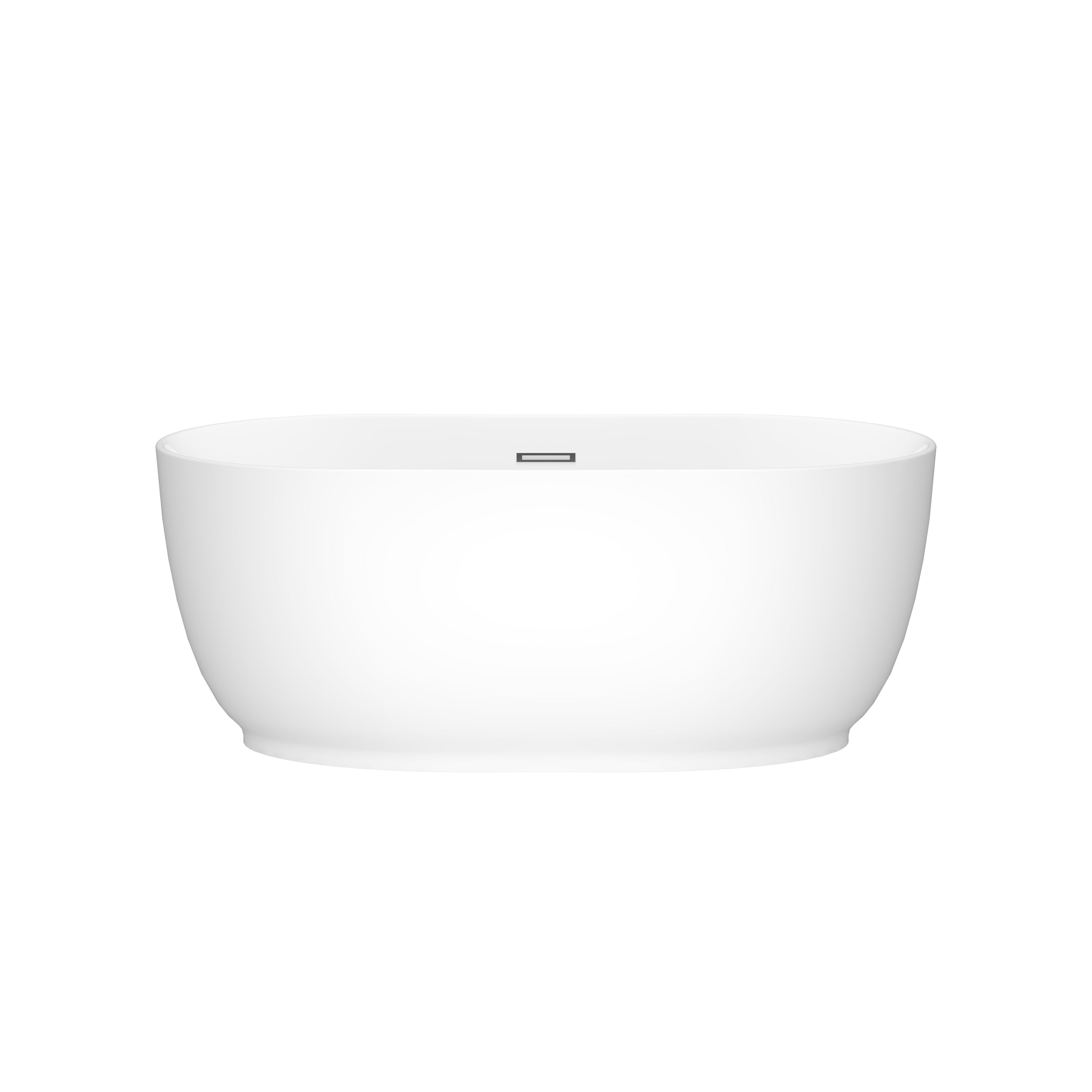
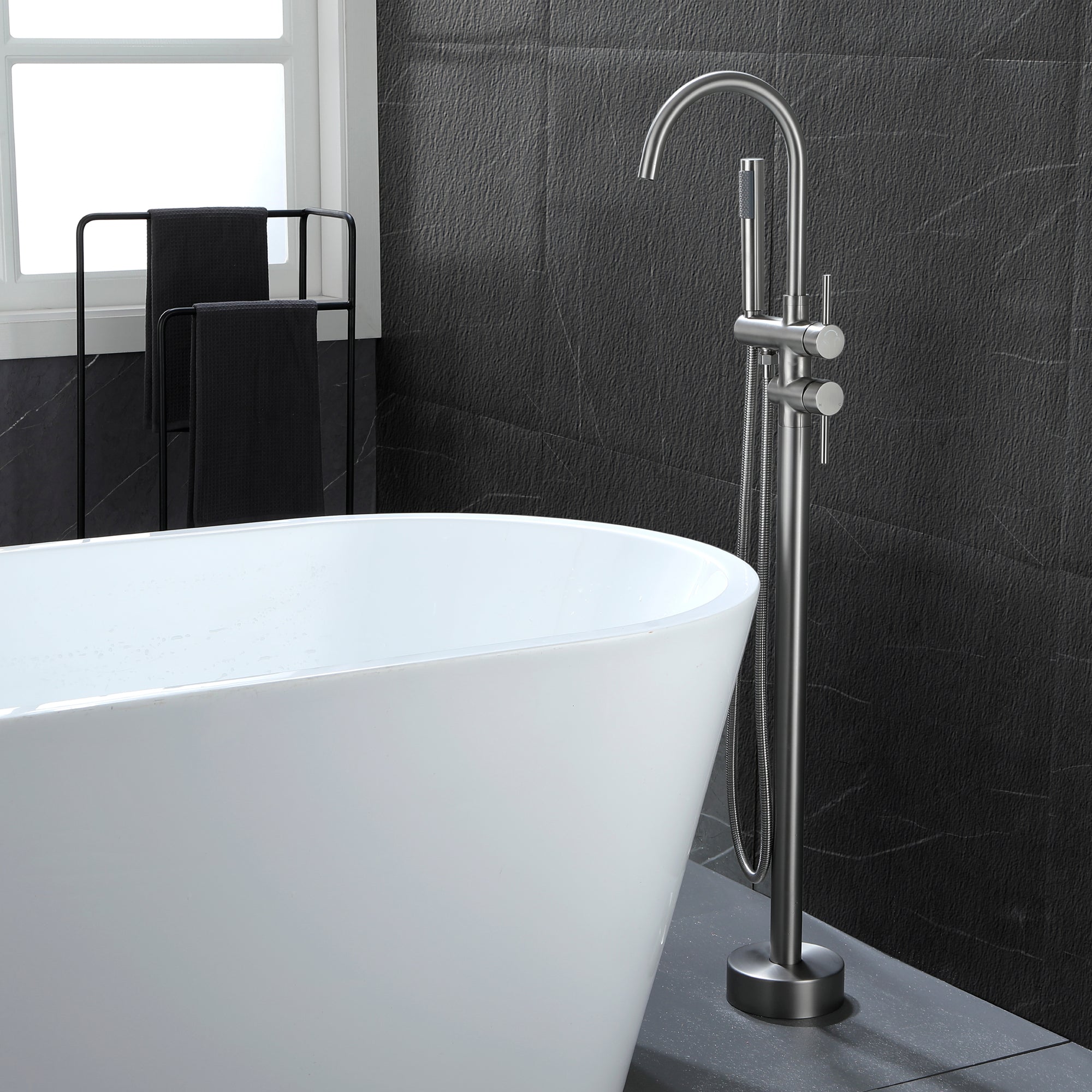


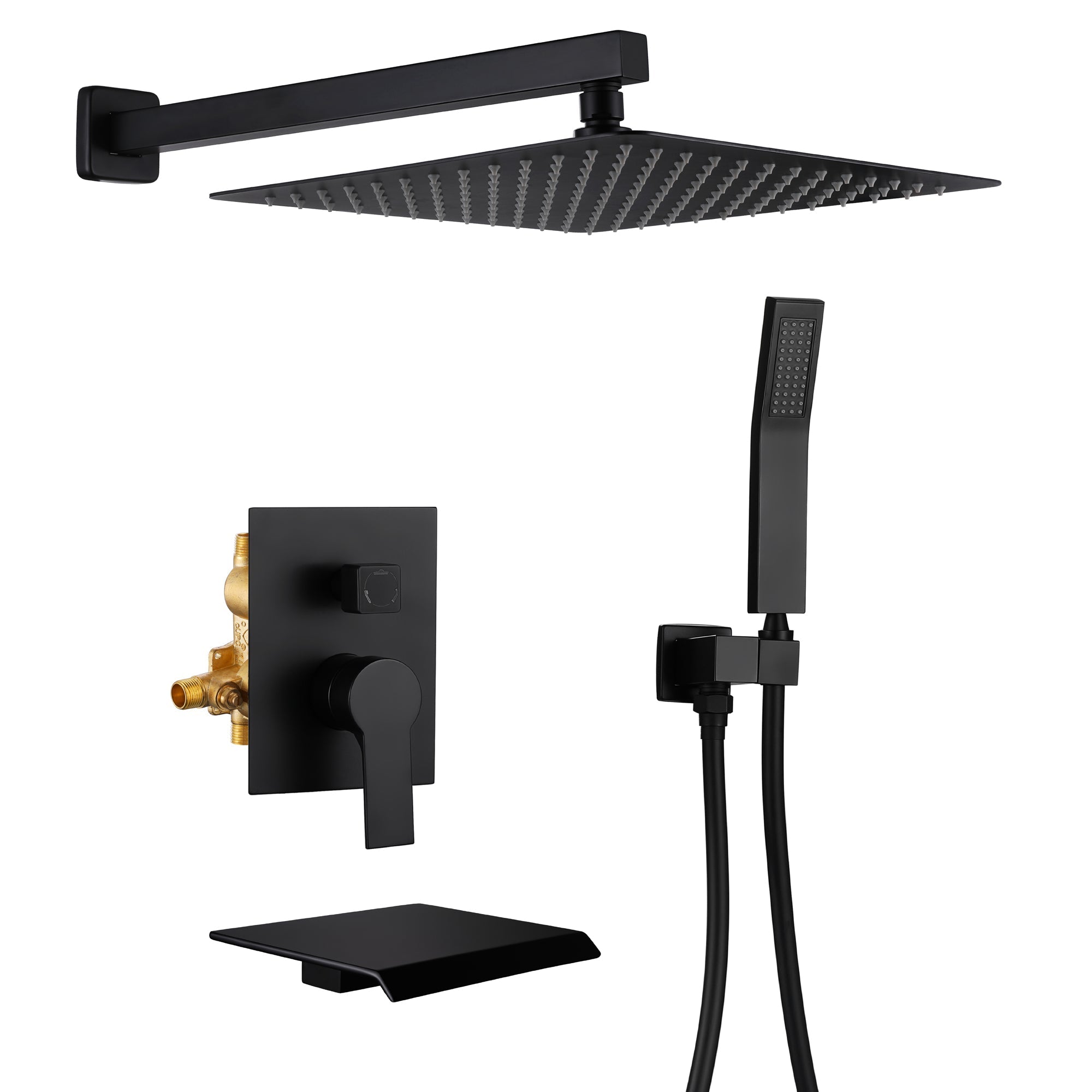
Leave a comment
This site is protected by hCaptcha and the hCaptcha Privacy Policy and Terms of Service apply.